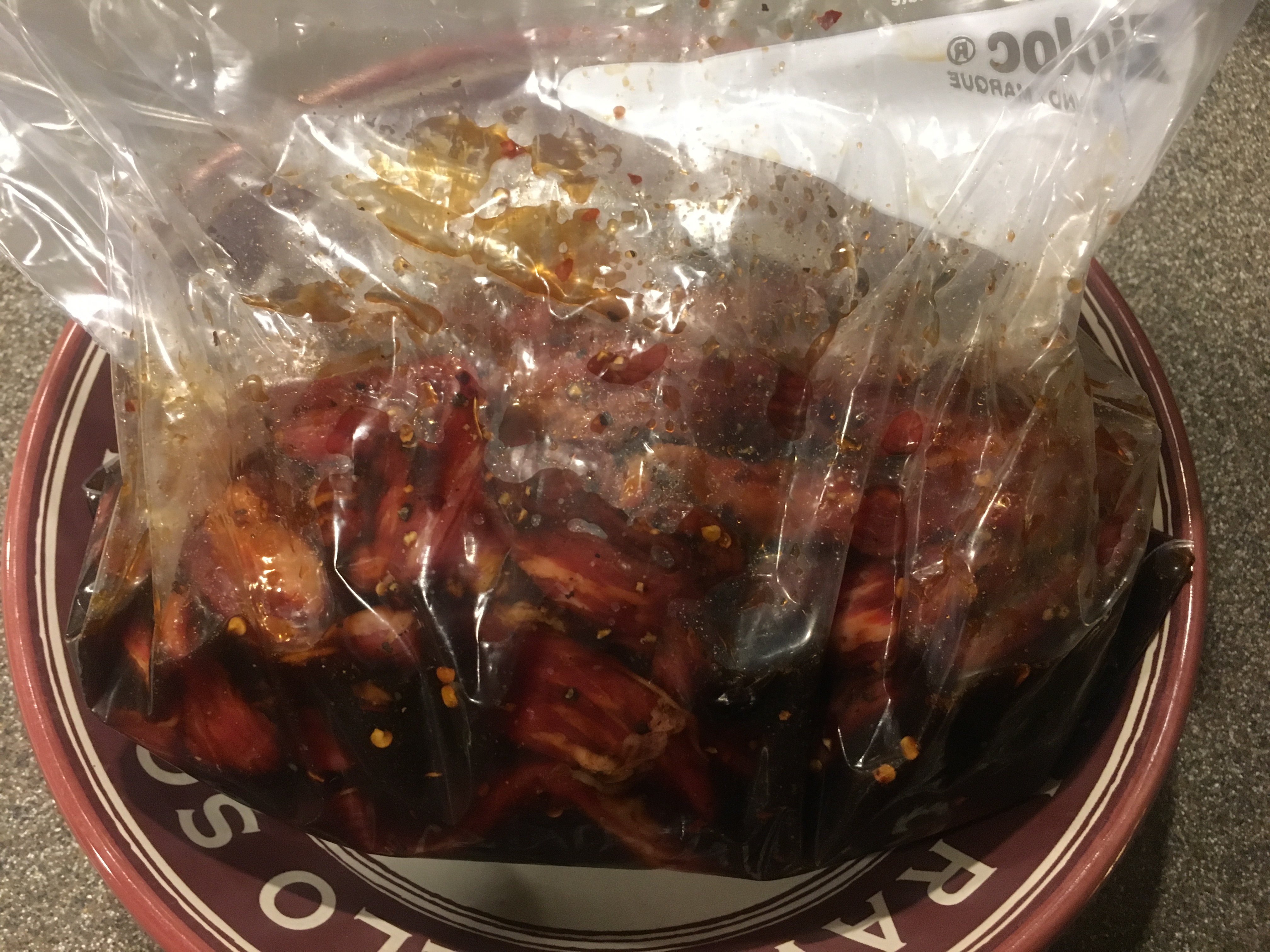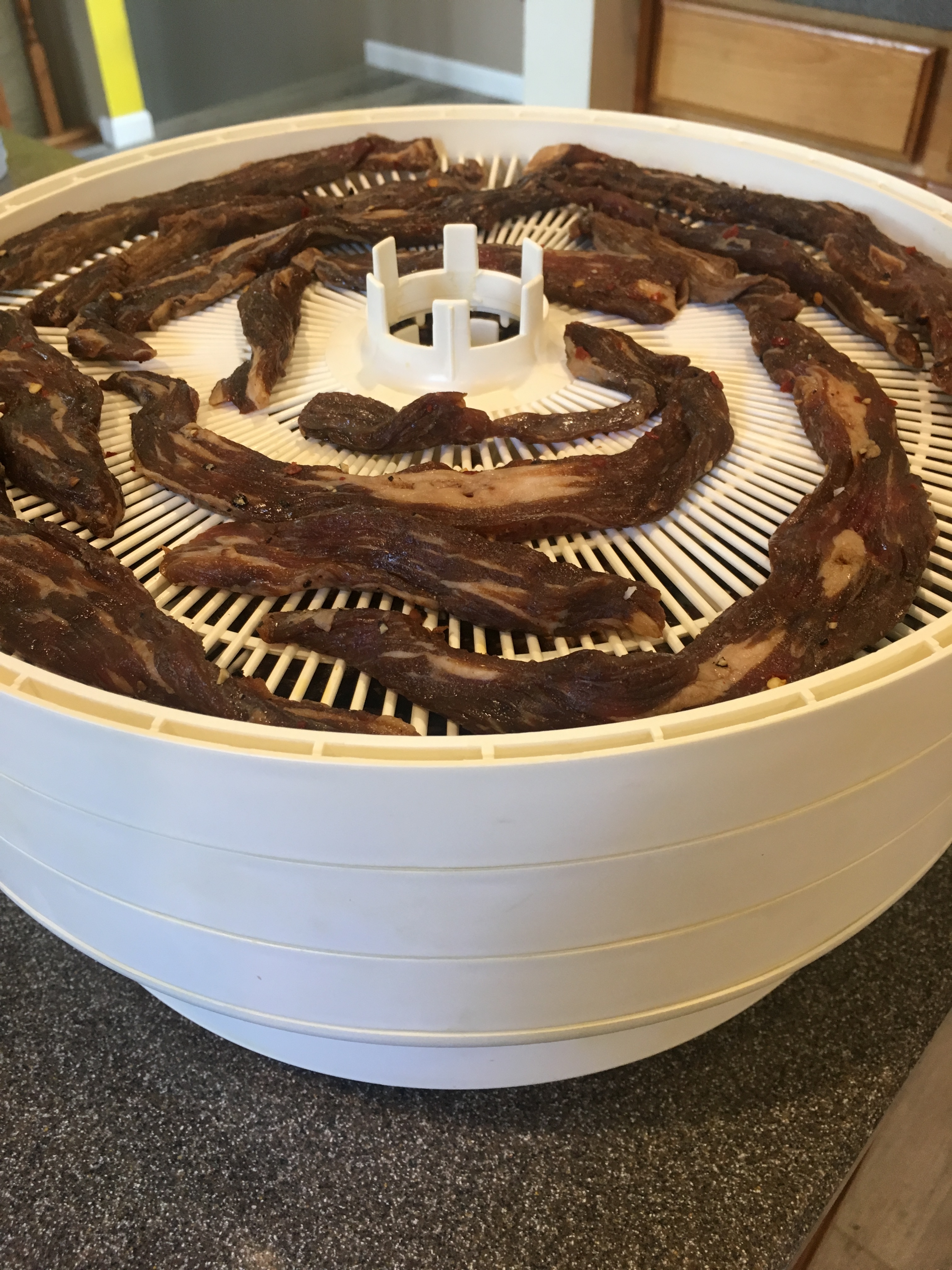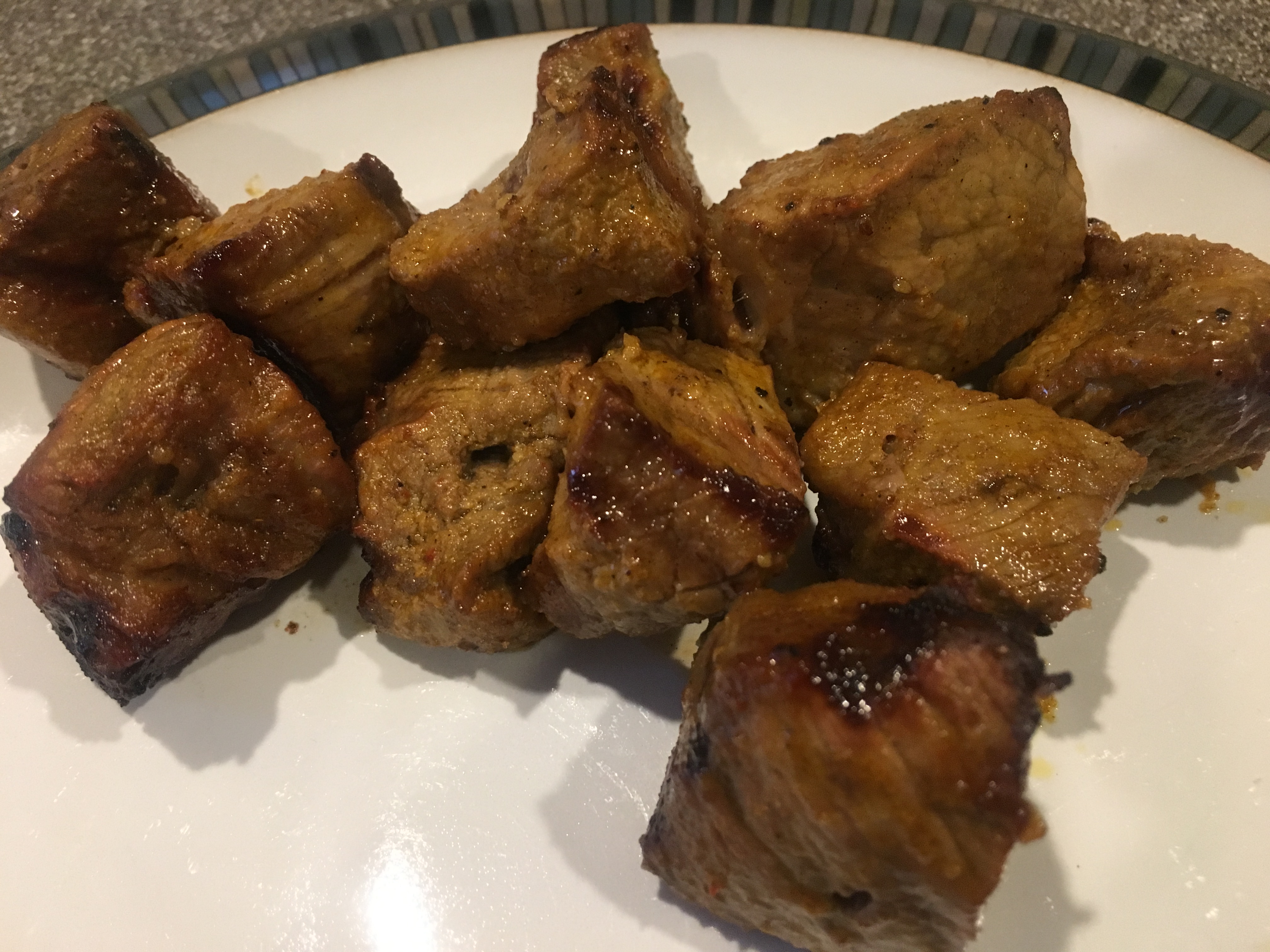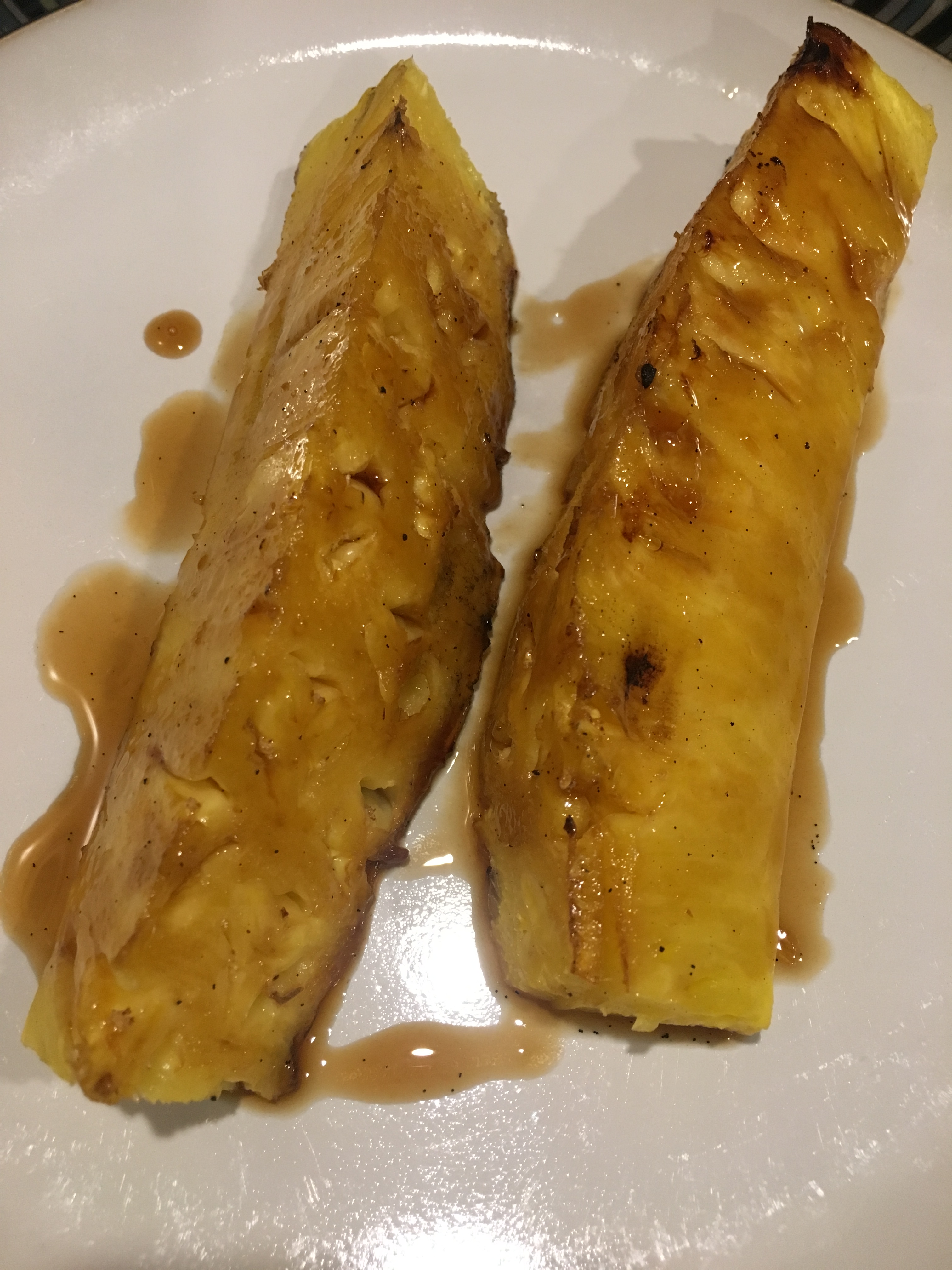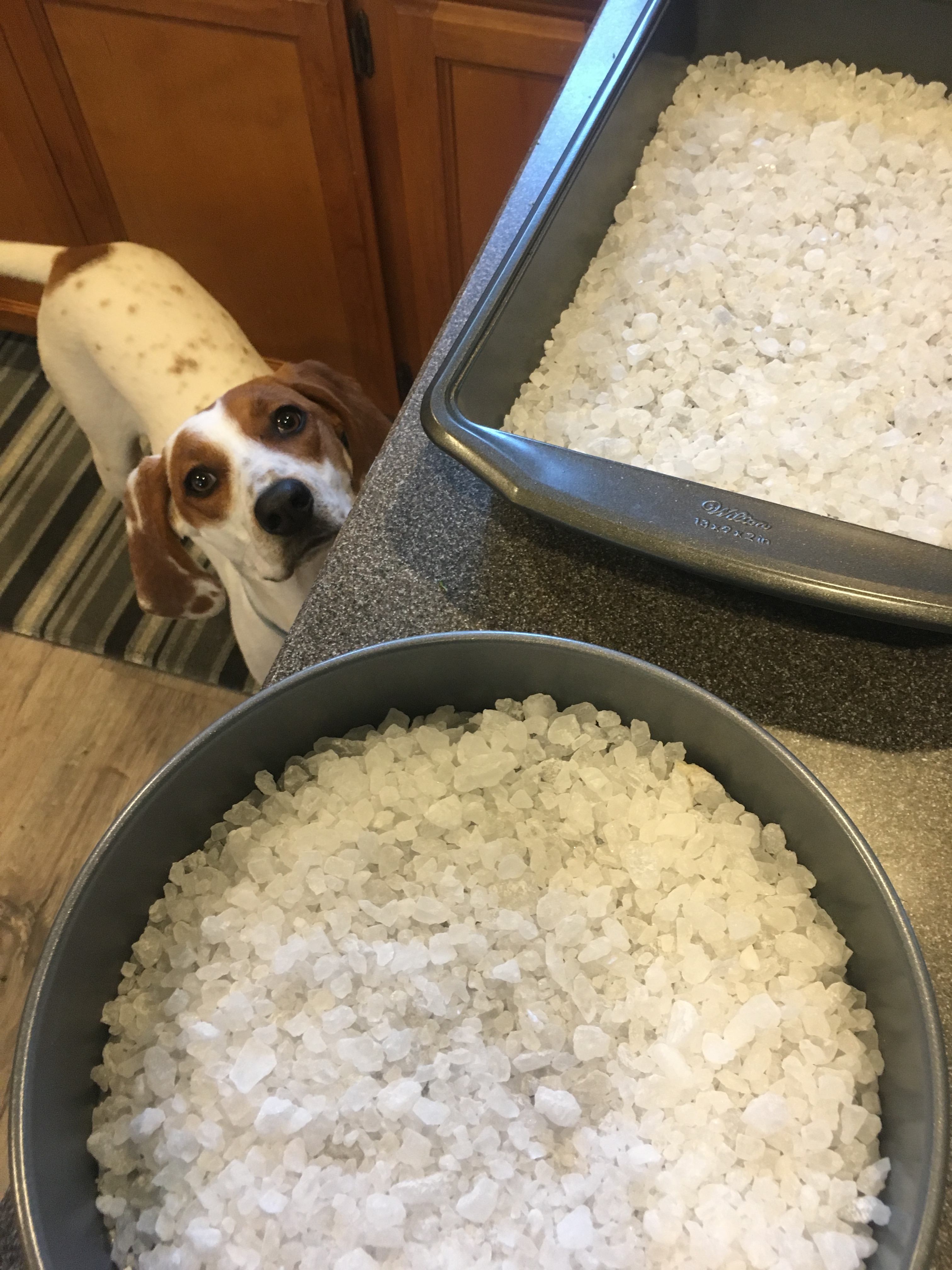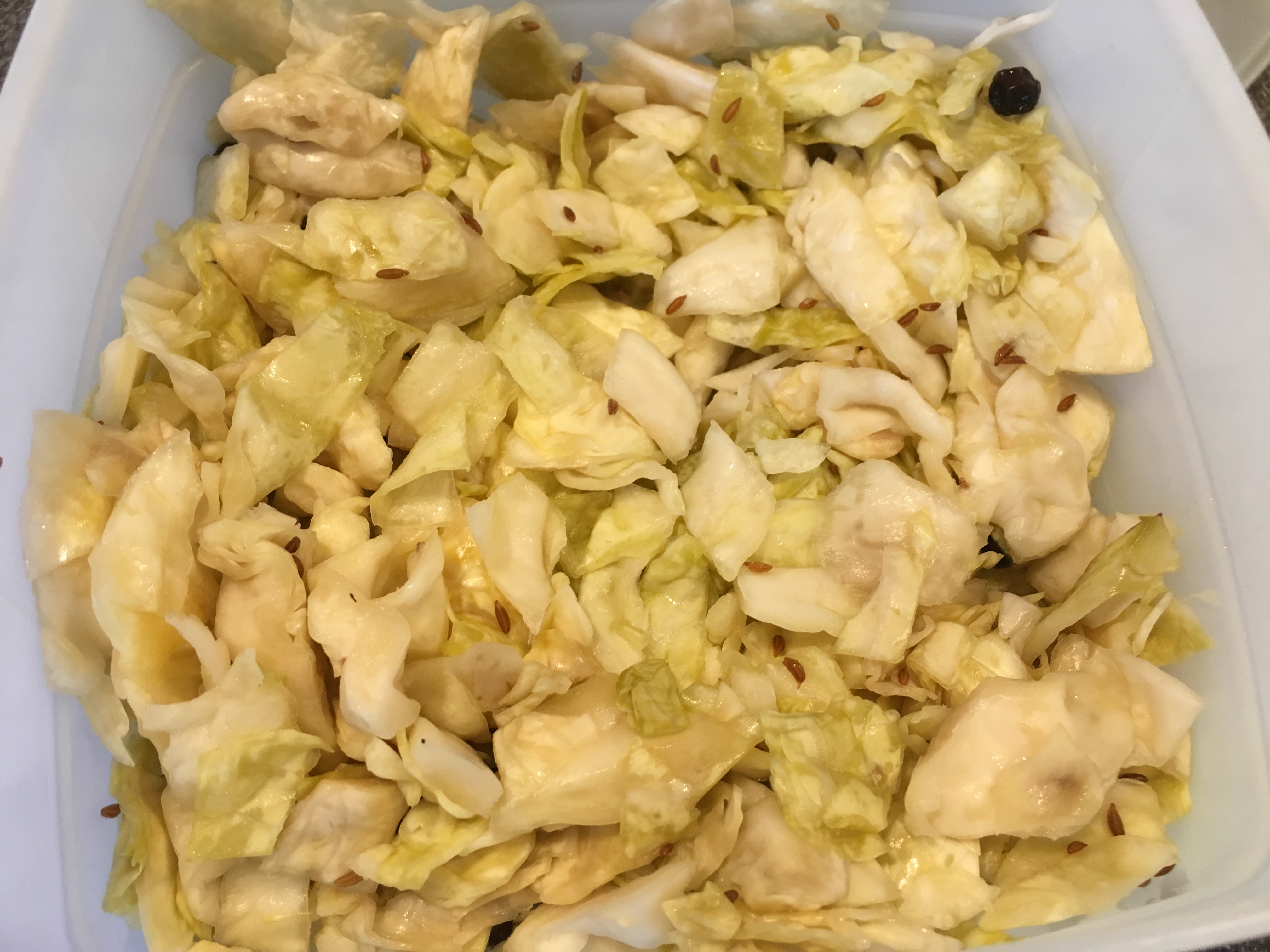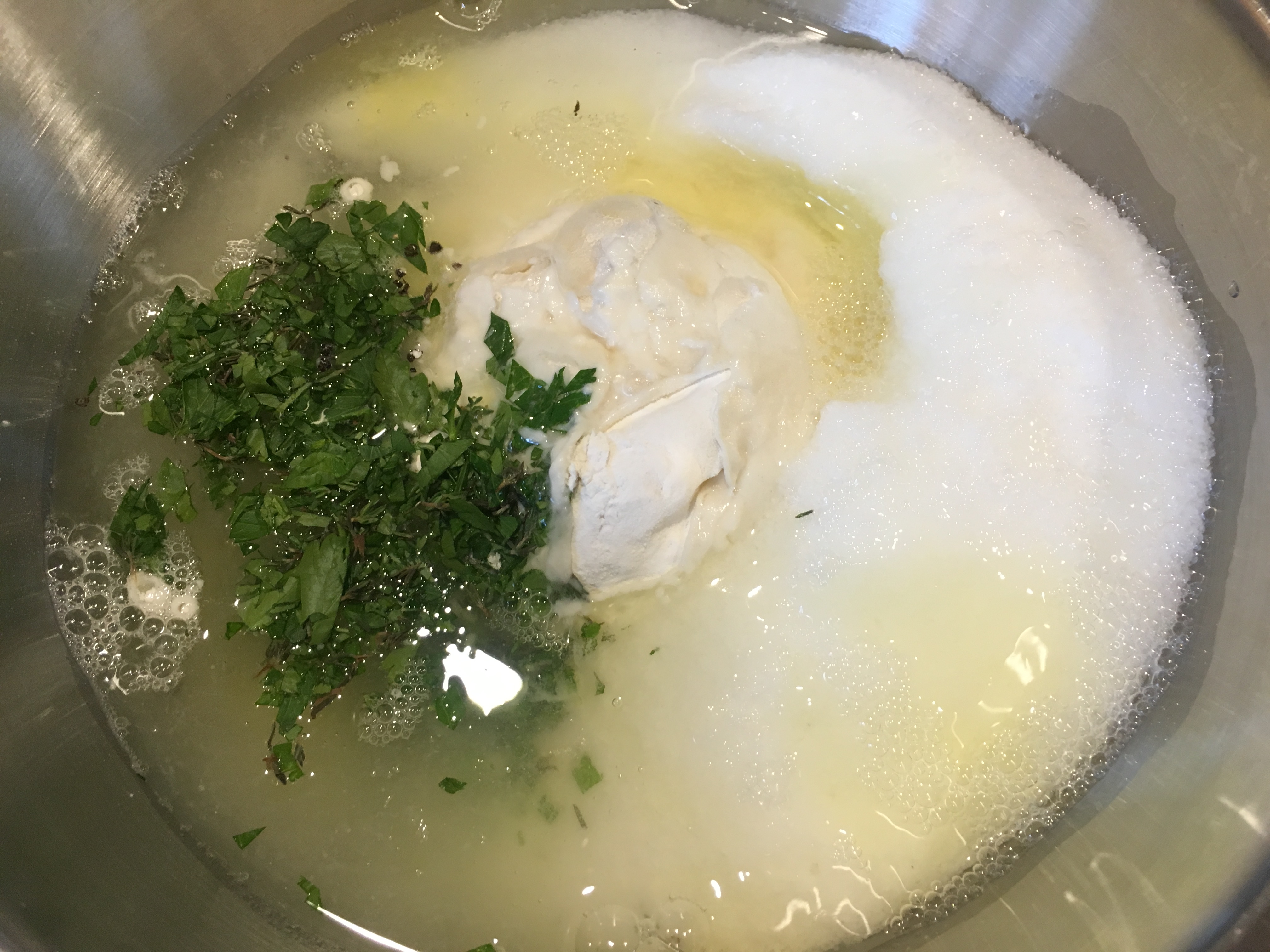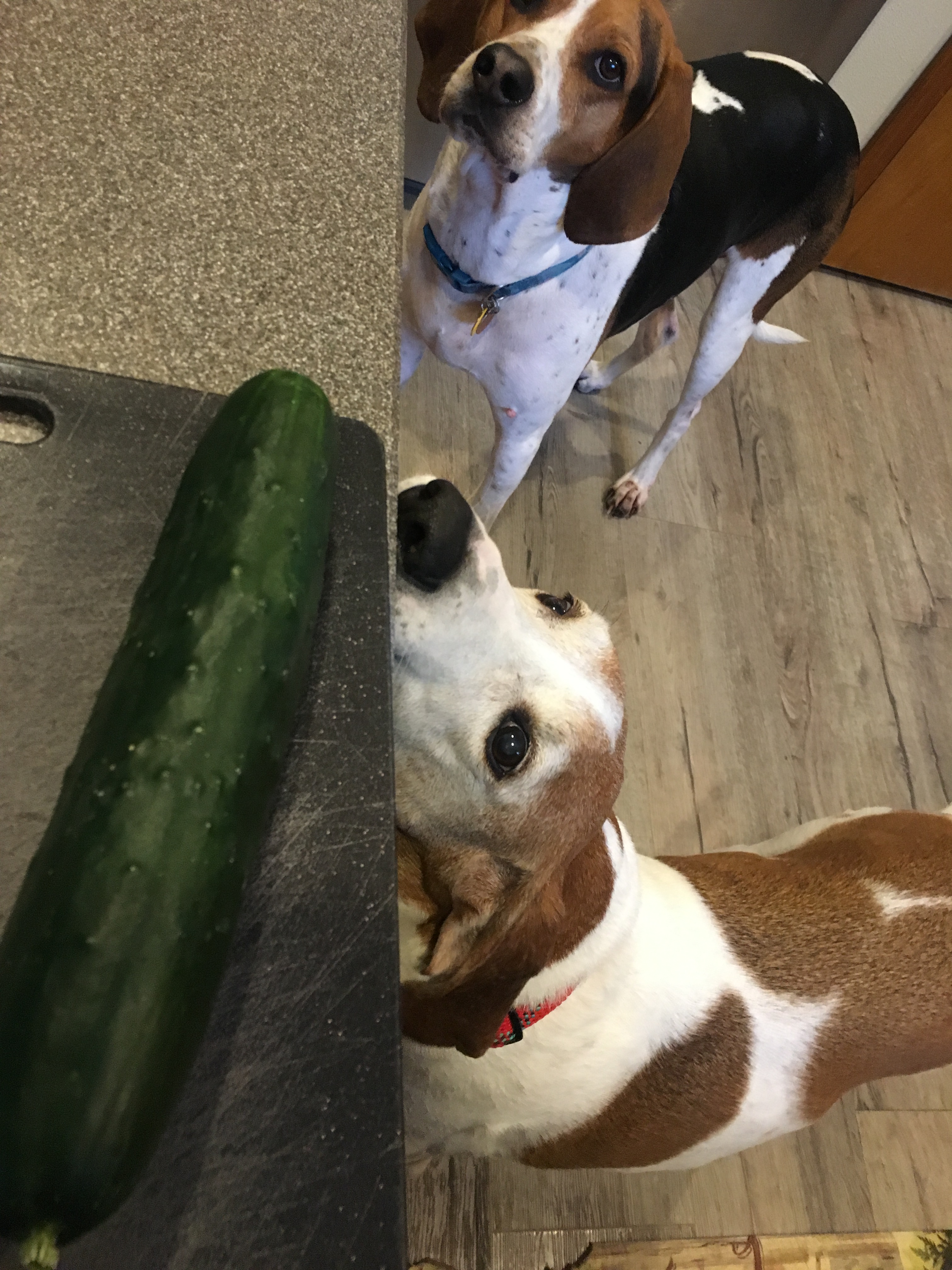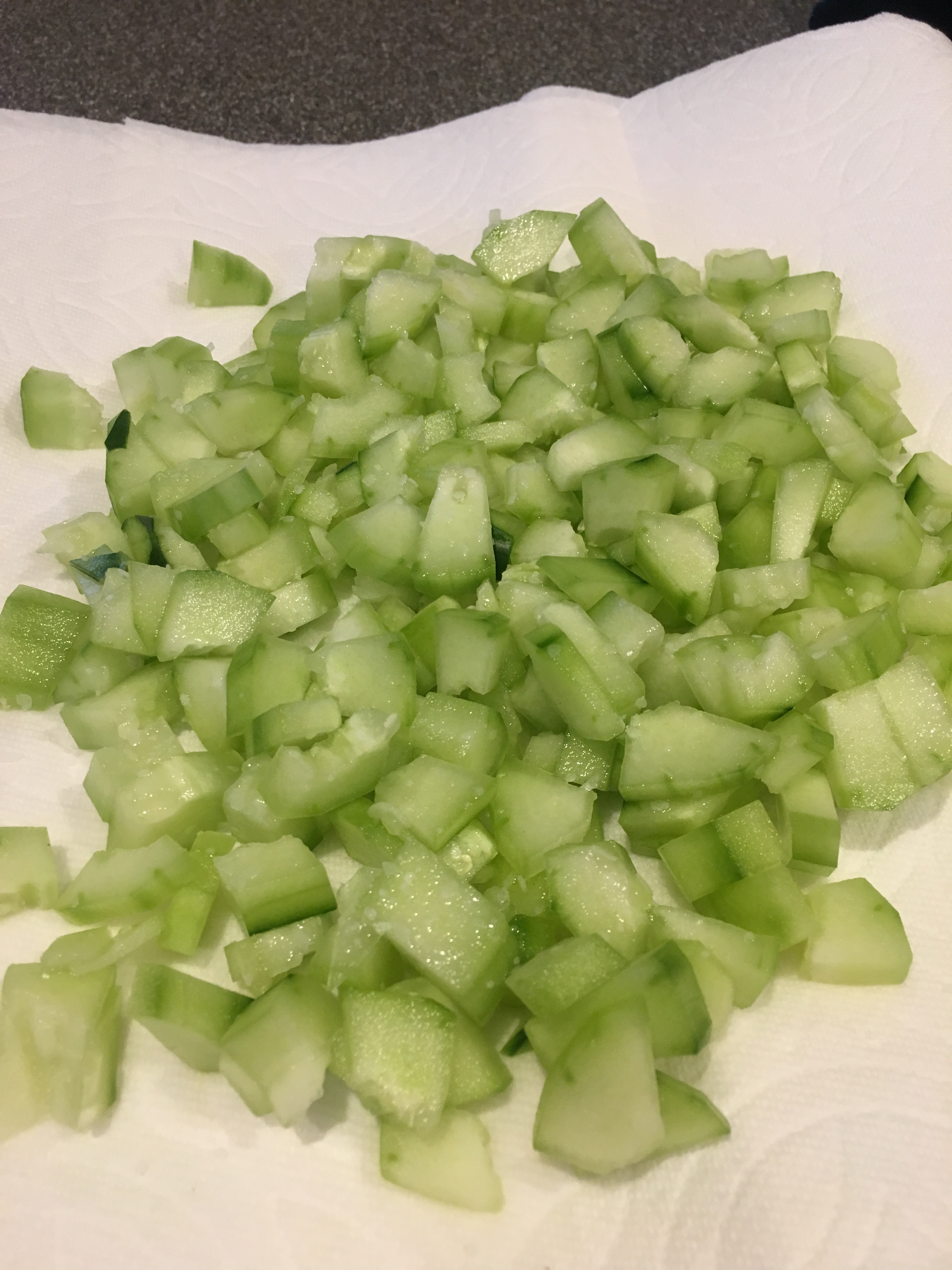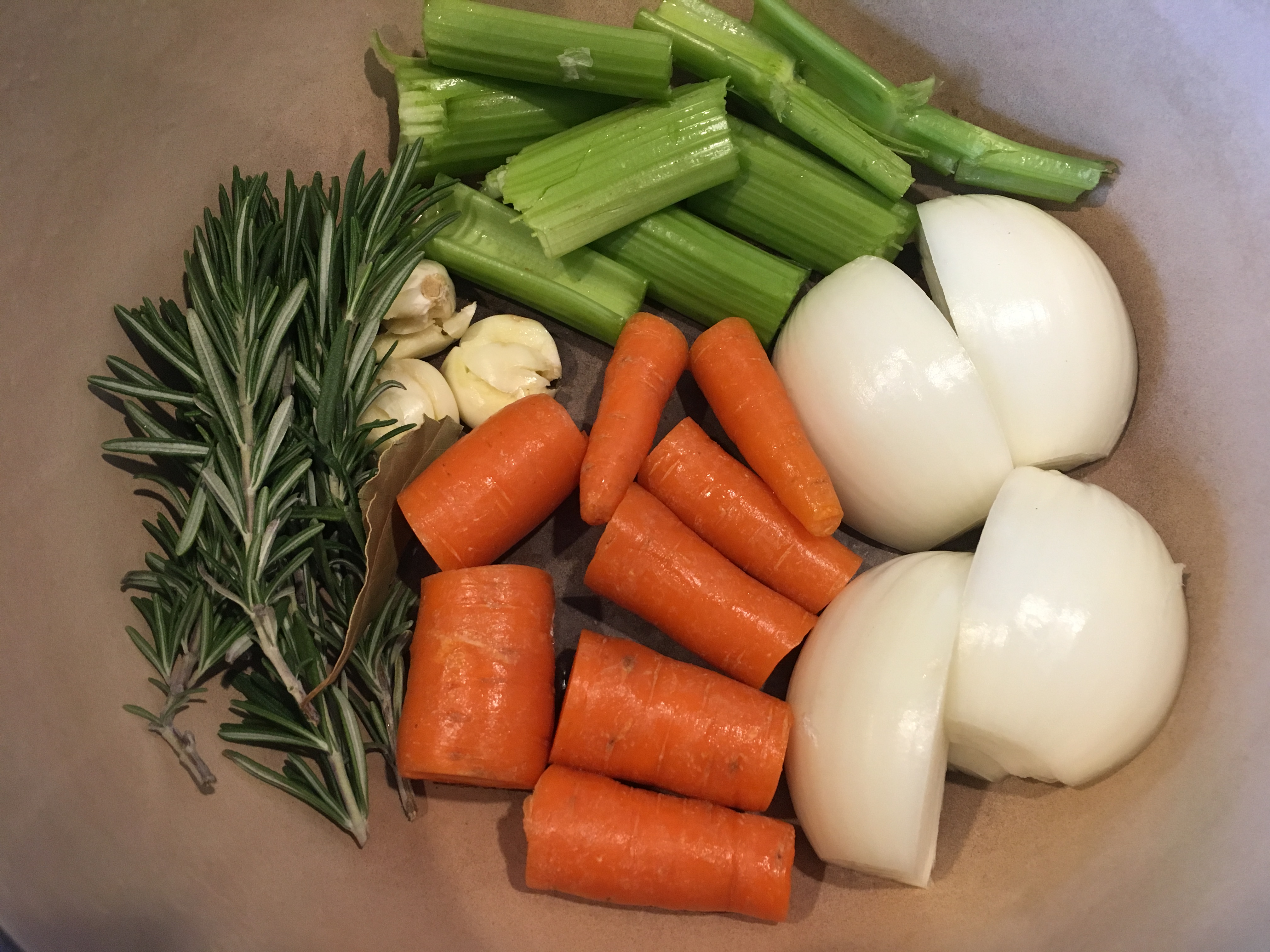It’s super cold and snowy here and I’ve really been wanting to get a blog post done. I honestly wrote some of this post a few weeks ago, but then I had some health issues that prevented me from finishing it at the time. I won’t go into detail, but 2021 has not been my favorite year. Here’s hoping that 2022 is much better!
We recently had the opportunity to see Alton’s live show, which was super fun. We had previously seen him two other times and both times we were pleasantly surprised by the hilarity of the live shows; that’s not to say that Alton hasn’t been funny on Good Eats, but just that the humor in his live shows has been kicked up a couple notches. I was curious to see how this show would compare to his others, especially since he has publicly stated that this will be his last touring show; I would highly recommend that you catch his show if you so happen to have the chance.
After completing the recipes from this episode, I think it was safe to say that we met our dietary fiber recommendations for that week, as I cranked out all five recipes from Alton’s barley episode in the same week. I enjoy the episodes, such as this one, in which Alton truly demonstrates a multitude of uses for a particular ingredient. And, to make it more fun, barley is an ingredient that I do not regularly utilize.
Baked Barley
This recipe is sort of the stepping stone of the episode, as it is a basic recipe for baked barley that could then be used in myriad ways. Ideally, you will want to use hulled barley for this recipe, but I had to settle for pearled barley. What is the difference? Well, pearled barley has been polished to remove both its husk and bran layers, while hulled barley has only had the outermost husk removed. Hulled barley is more nutritious and takes longer to cook. Still, this recipe seemed to work just fine for the pearled barley I used.
To make baked barley, put 1 C barley in a 1.5 quart lidded casserole dish, along with 1 t Kosher salt, 1 T butter, and 2 C of boiling water. Stir, cover the dish tightly with foil, and place the lid on top of the foil. Bake the barley at 375 for an hour.



Immediately upon removing the barley from the oven, remove the lid/foil and gently fluff the barley with chopsticks or a large fork.


You can serve the barley immediately or you can refrigerate it for later use. Or, you can use it to make a…
Barley Salad
For this salad, you’ll need to prepare a batch of Alton’s baked barley, as written above. To make the dressing, whisk 2 T extra virgin olive oil with 3 T fresh orange juice.

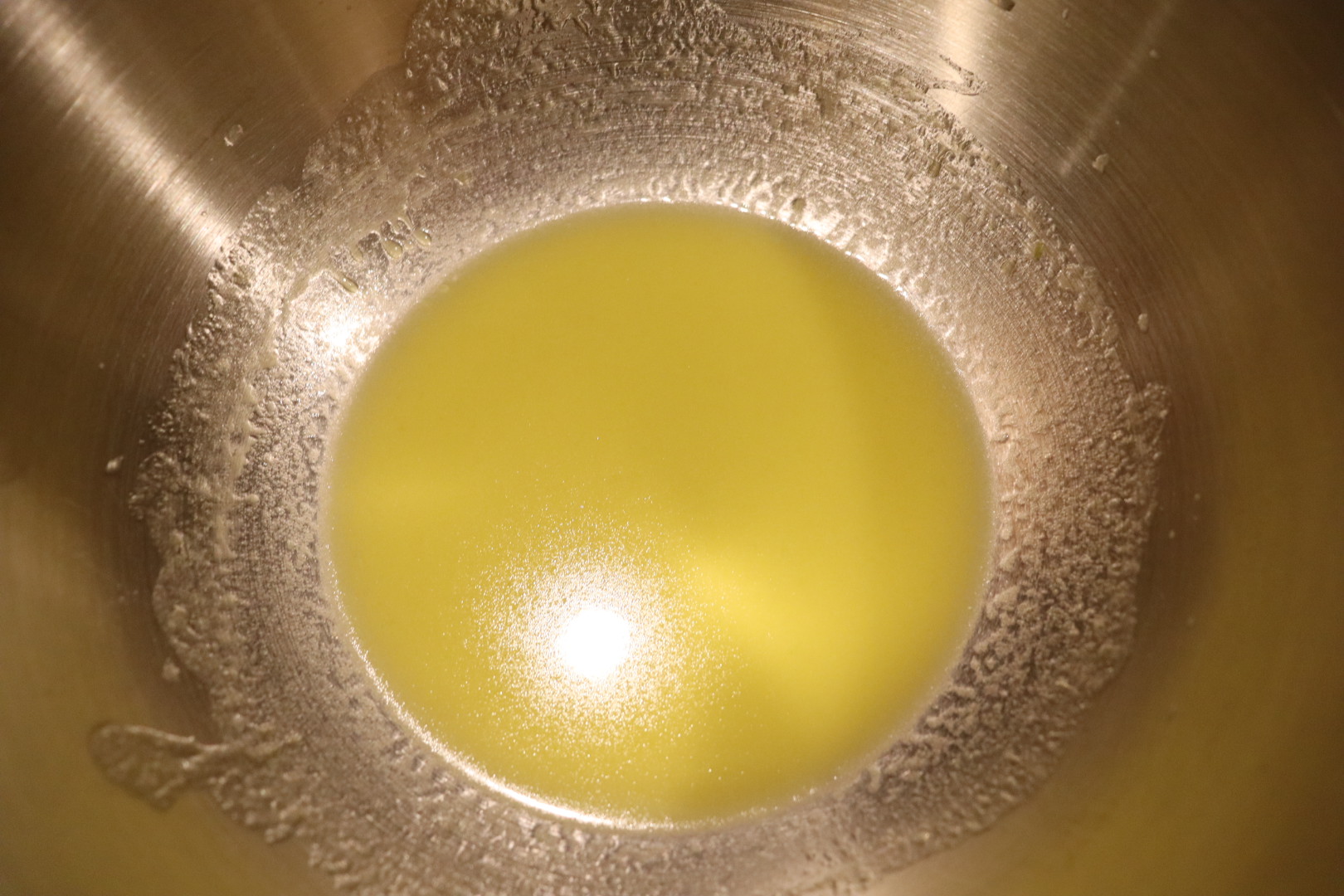
Add a batch of Alton’s baked barley (cooked and cooled), a julienned head of fennel, 1/4 C of toasted pine nuts, 1/2 C grated Parmesan, 1/2 C cooked/crumbled bacon, 2 T chopped parsley, and Kosher salt/black pepper (to taste).



We enjoyed this salad, though the orange juice was almost unidentifiable. I found that adding additional orange juice really jazzed this salad up a few notches. I also found it necessary to add quite a lot of Kosher salt. I would certainly make this again, especially as a dinner side or a lunch salad.
Barley and Lamb Stew
Where we live, at least, it is certainly stew weather. I view lamb as a very polarizing ingredient, as people seem to either love or despise lamb, with very little in between. I happen to greatly enjoy lamb, so this stew was enticing from the get-go. This recipe begins with trimming/cubing 2 pounds of lamb shoulder. Add pinches of Kosher salt and pepper to the lamb cubes, along with 1 T flour. Toss the lamb to thoroughly coat in the flour.

Heat a 4-5 quart Dutch oven over medium-high heat, adding 1/2 T olive oil. Once the oil is hot, add ~ a third of the meat, browning on all sides. Remove the meat as it browns, and brown the remaining meat in two batches.

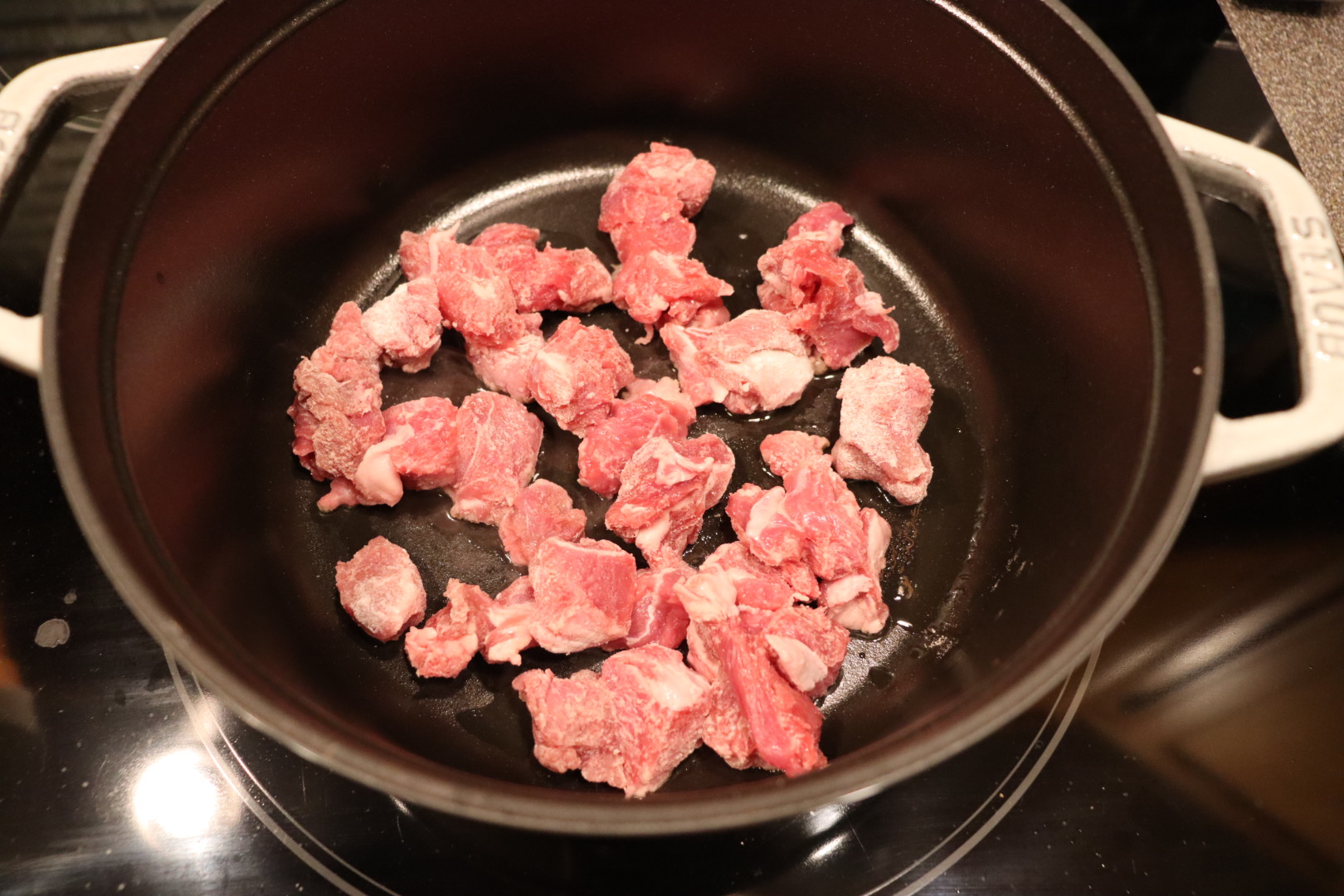

When all of the meat has browned and been removed from the pan, add more oil (if needed), 3 sliced carrots, and a pinch of Kosher salt. Cook the carrots until they have some color.

Add the lamb back to the pan, along with 1 C of barley grits (we ground barley to a grit-like consistency), and a quart of chicken broth or stock. Bring the stew to a boil, add a cover, and simmer for 30-45 minutes, or until the lamb falls apart.


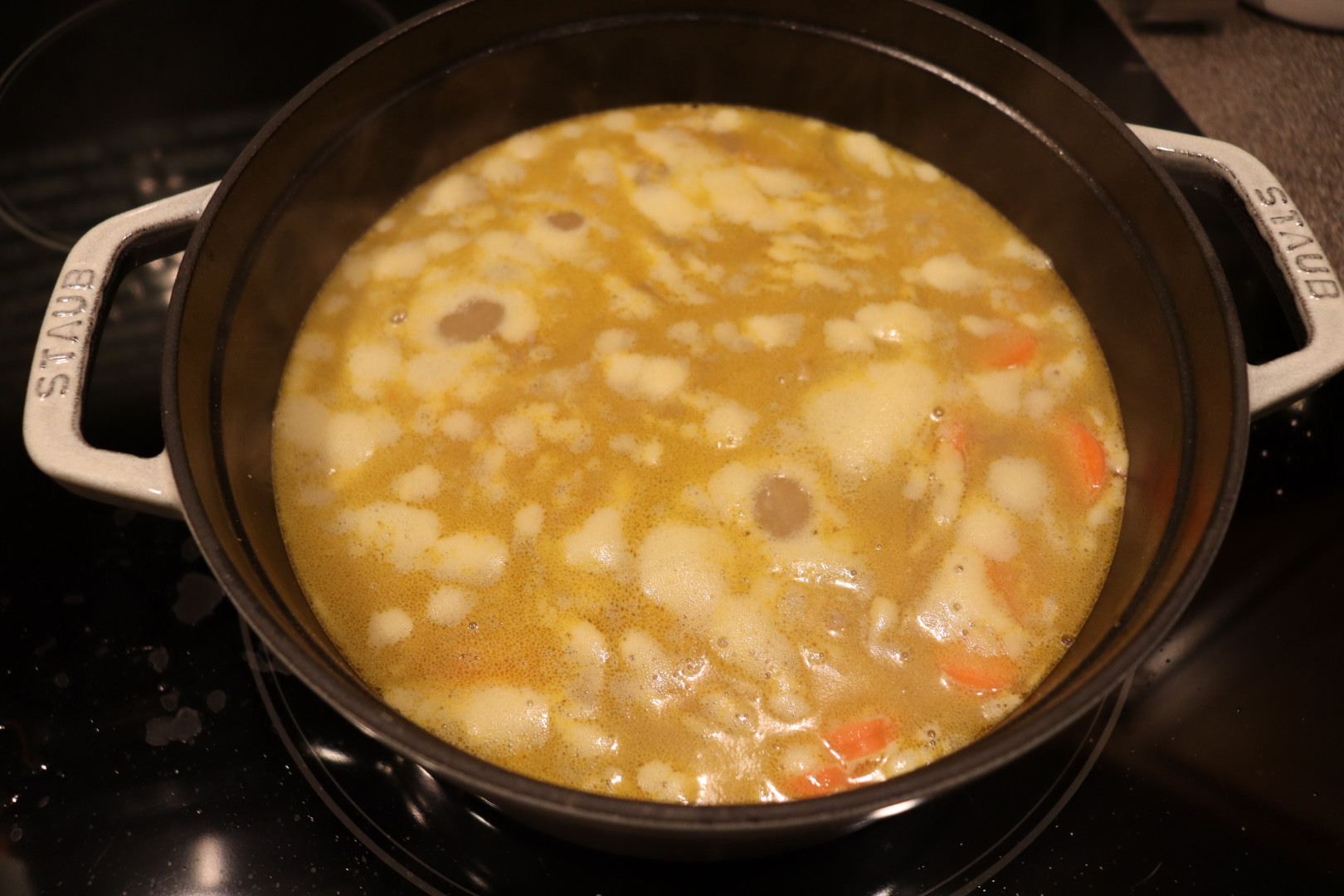
Serve the stew with fresh oregano.

This lamb stew was good, but not Earth-shattering. I would call this stew simple but tasty. I would recommend serving this stew the day it is made, as it becomes overly thick/congealed when refrigerated and reheated. We ate this stew with a side of…
Barley Bread
When making Alton’s barley bread, you will need 10 ounces of barley flour; you can either purchase this ingredient or you can mill the flour yourself from 10.5 oz of barley. Either way, place the flour in a bowl with 2.5 T baking powder and 1 t Kosher salt, whisking to combine.

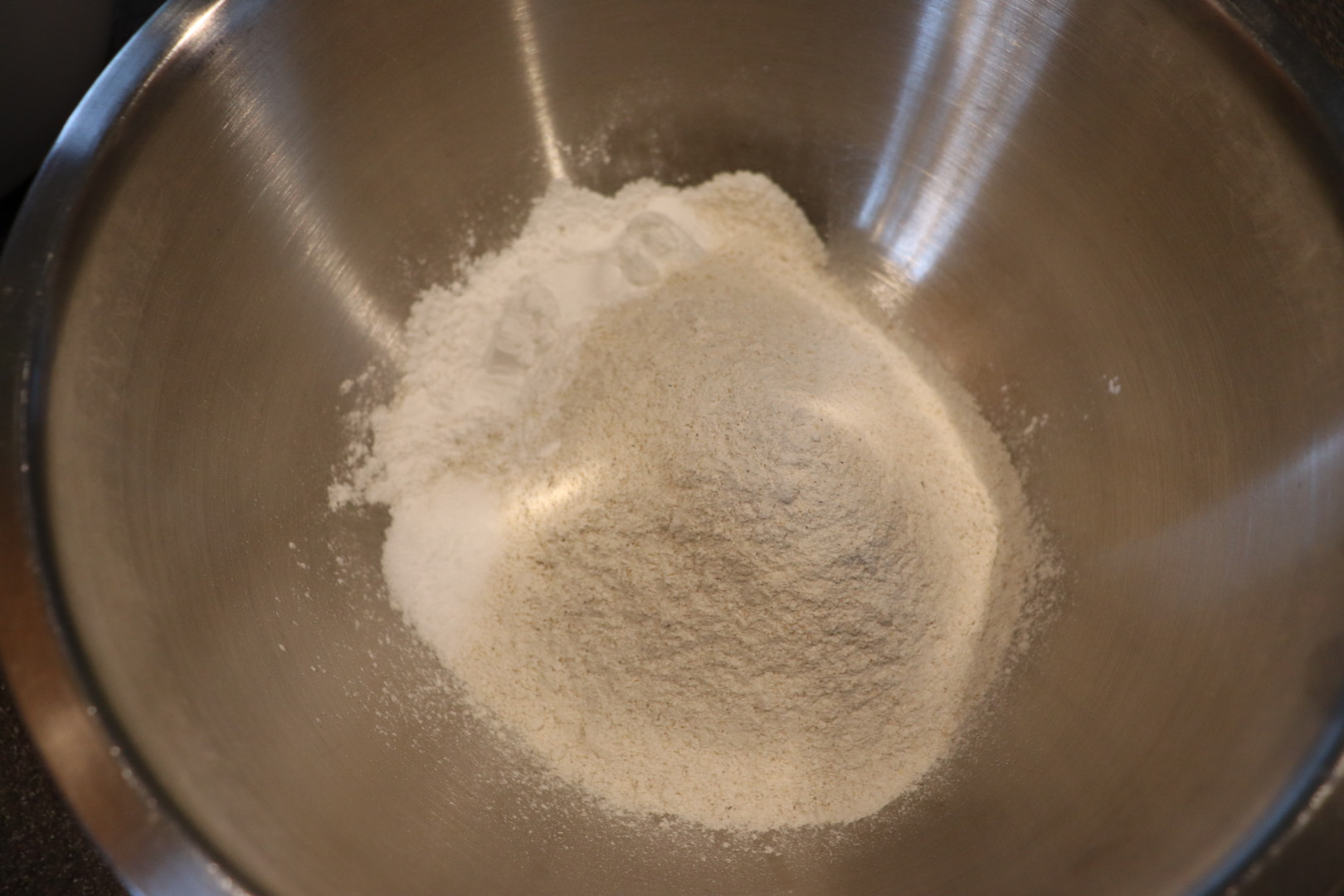

In a separate bowl, whisk together 2 eggs and 2 T honey. Add 1/4 C canola/vegetable oil and 1 C milk.



Once the wet ingredients are combined, add the wet ingredients to the dry ingredients, stirring to combine; since barley is low in gluten, you can thoroughly stir this dough without making it tough.


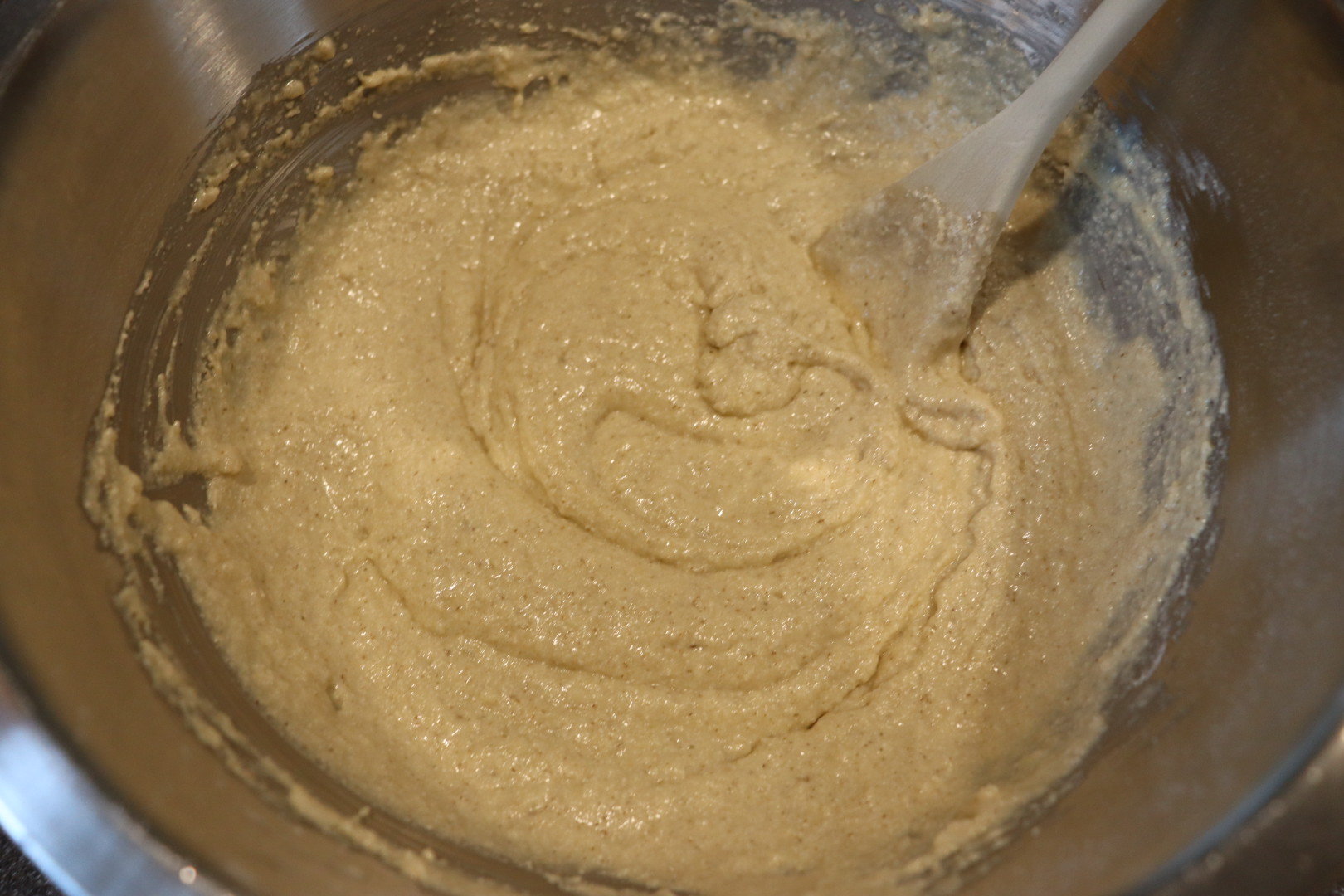
Pour the dough into a lubed Dutch oven and cook it for 35-40 minutes, uncovered, over a gas grill that has been preheated on low for 15 minutes. Alternatively, you can bake the bread in a 350 degree oven for 25-30 minutes, which is what I did. Regardless of cooking method, seek an internal temperature of 190 degrees.
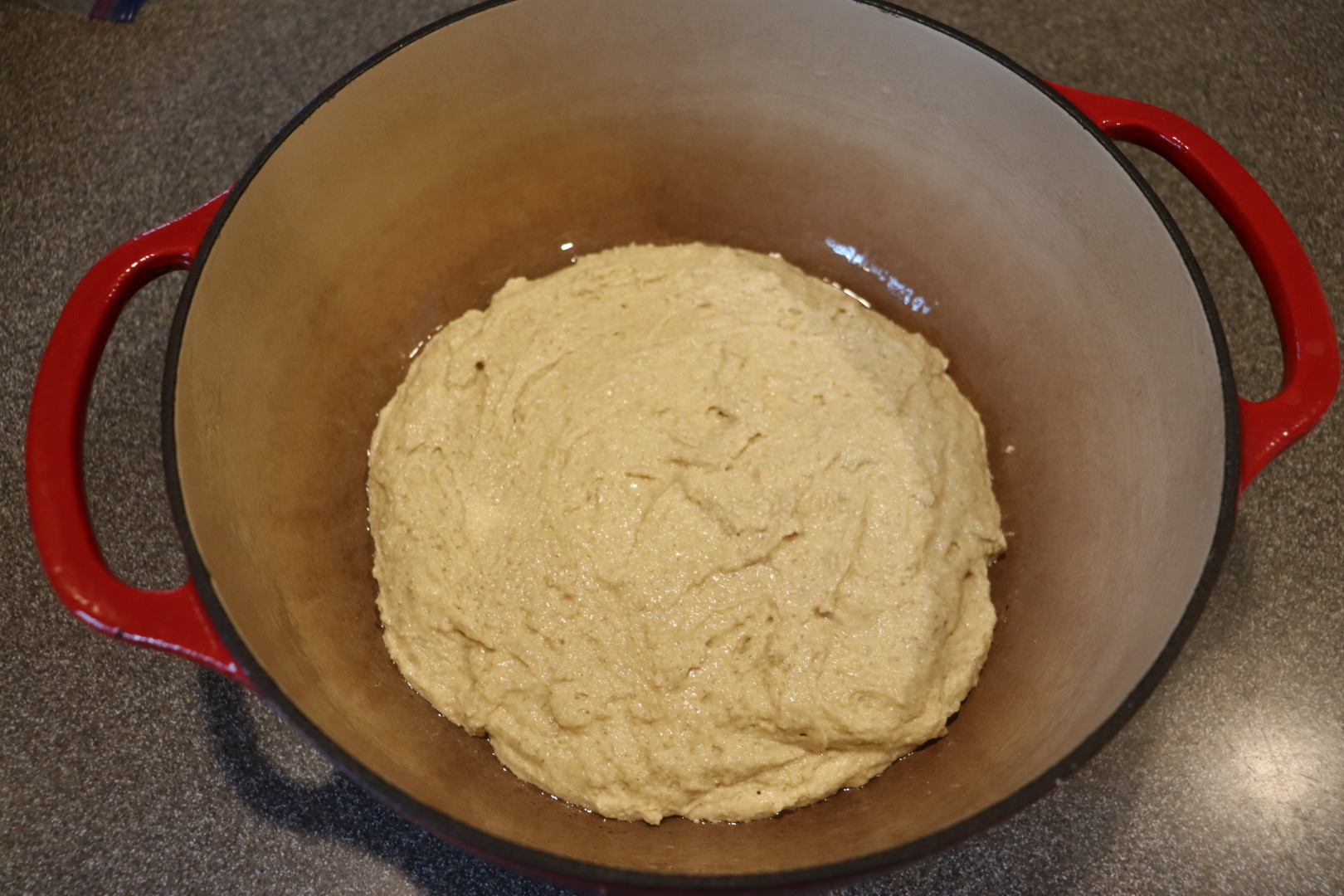


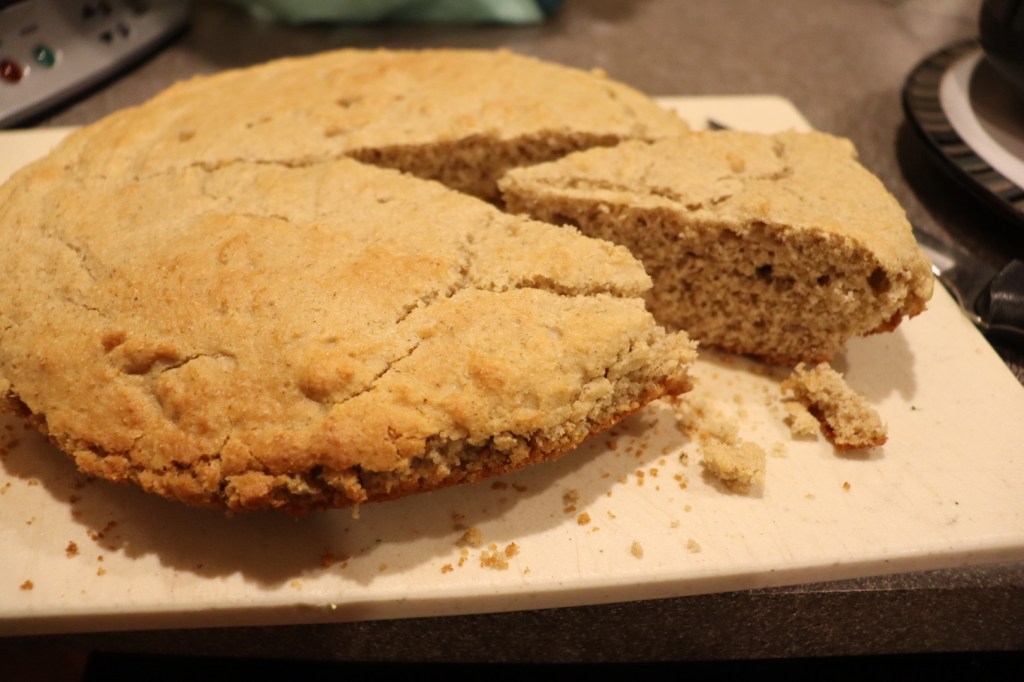

We enjoyed this bread, which was slightly sweet and nutty. The crumb is very crumbly, so don’t expect a bread that holds together tightly when sliced. I also found that this loaf stuck to my Dutch oven, so I used a dinner knife multiple times to free the edges of the loaf from the pan. I then used Alton’s tip of placing a paper plate on top of the loaf before inverting the loaf onto the plate. Eventually, this worked, though I did have some cracking and breaking at the edges of the loaf. I find this to be a good weekday bread to pair with soup; we ate it alongside an Oktoberfest-style soup.
Barley Water
The final recipe of this episode is one I immediately recognized as being included in Alton’s “EveryDayCook” cookbook. I figured then that this must be an Alton favorite. Barley water, by the way, is a beverage that is traditionally served at Wimbledon. To make it, heat 1 C hulled barley in 2 quarts water over high heat until boiling. Decrease the heat and simmer the barley for 30 minutes.

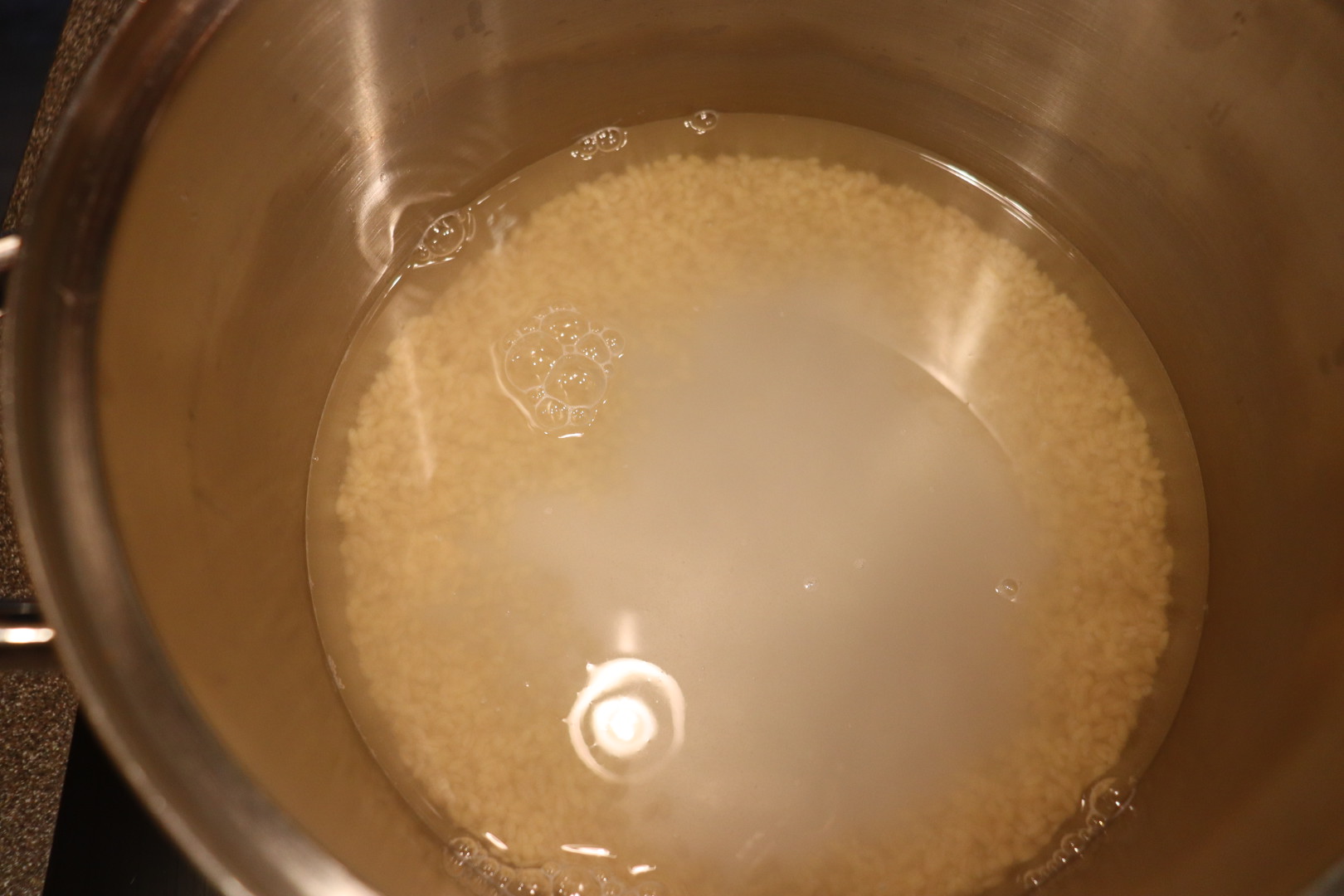

While the barley simmers, use a vegetable peeler to zest two lemons into a pitcher, also adding their juice. Stir in 1/4 C honey.




Strain the liquid from the cooked barley into the pitcher, stirring to combine. Refrigerate the barley water until it is sufficiently chilled before serving.

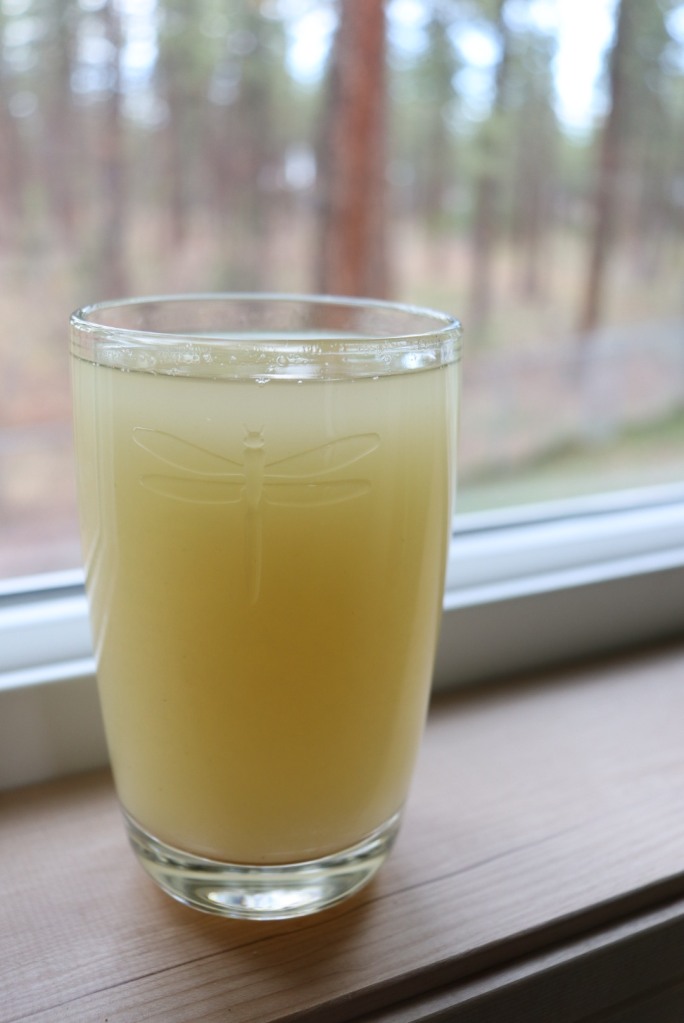
Although we were not enjoying this beverage in the midst of warm weather, I can still say that it is very refreshing. The predominant flavor in this drink is lemon, and particularly the slightly bitter flavor of lemon zest. I would maybe consider decreasing the amount of lemon zest here with hopes of less bitterness. Since I have never consumed any other barley water I cannot say whether this level of bitterness is typical; perhaps it also depends somewhat on the actual lemons you use? That said, I legitimately liked Alton’s barley water and I plan to make it again when the season again turns to warmth.


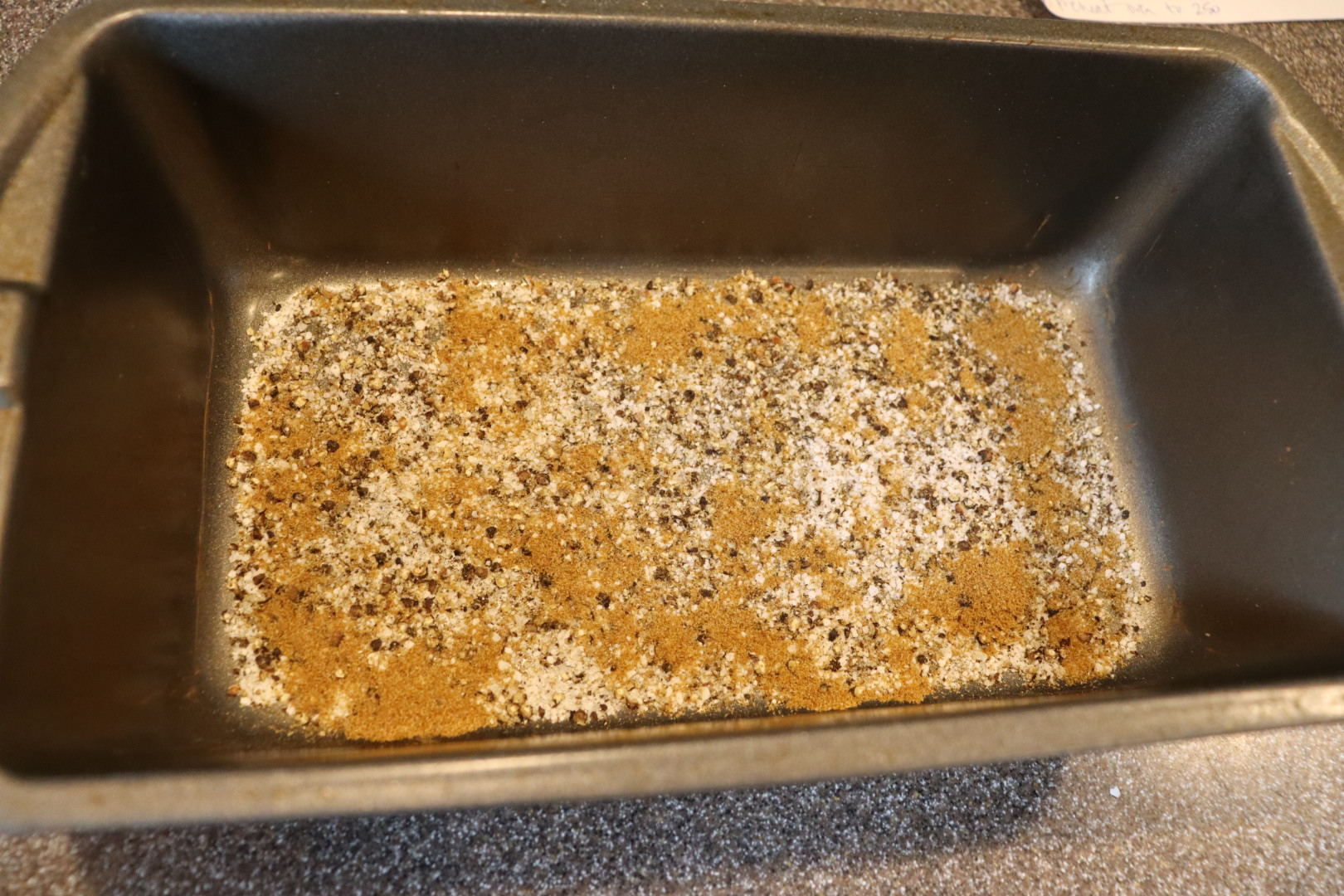





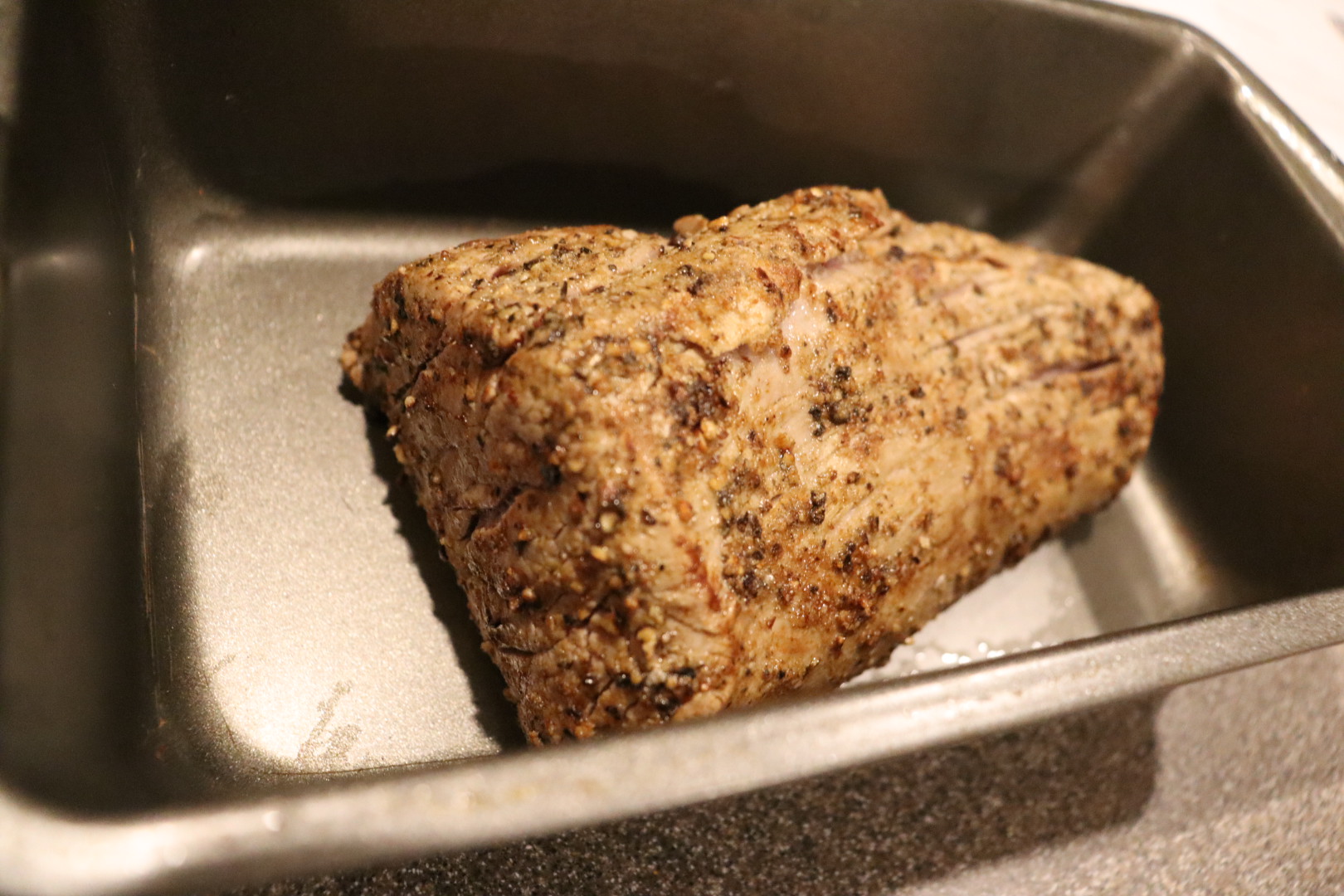



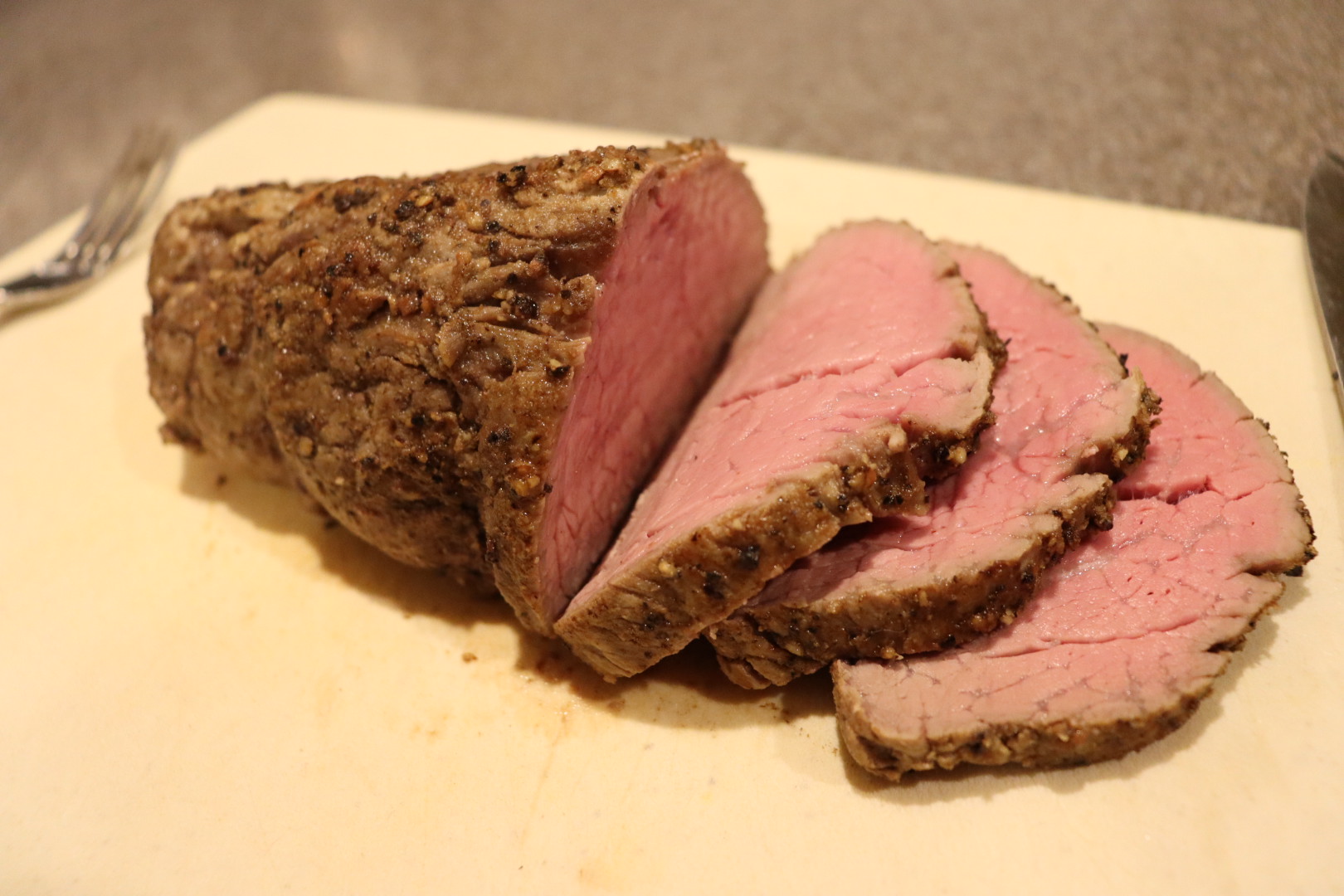


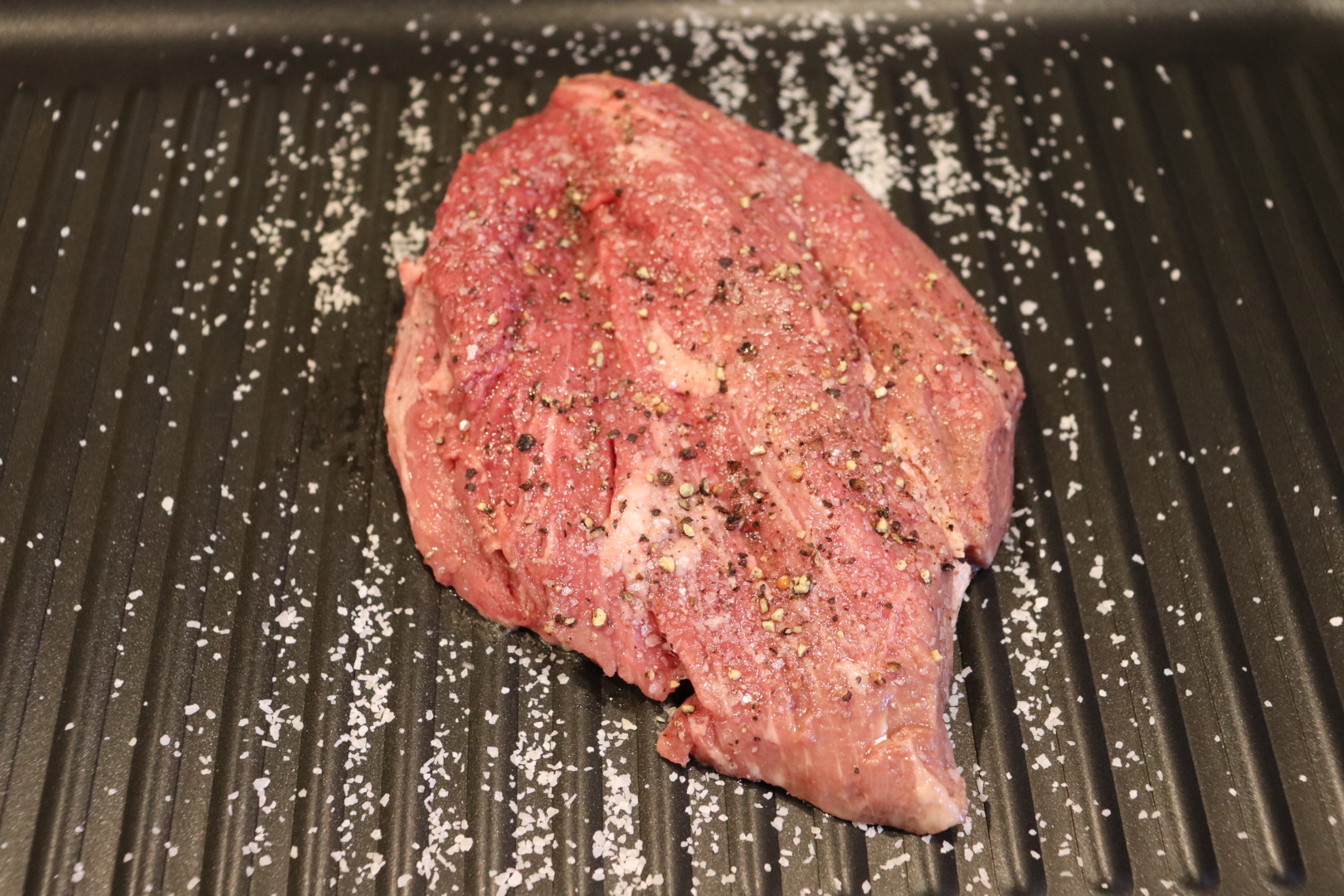




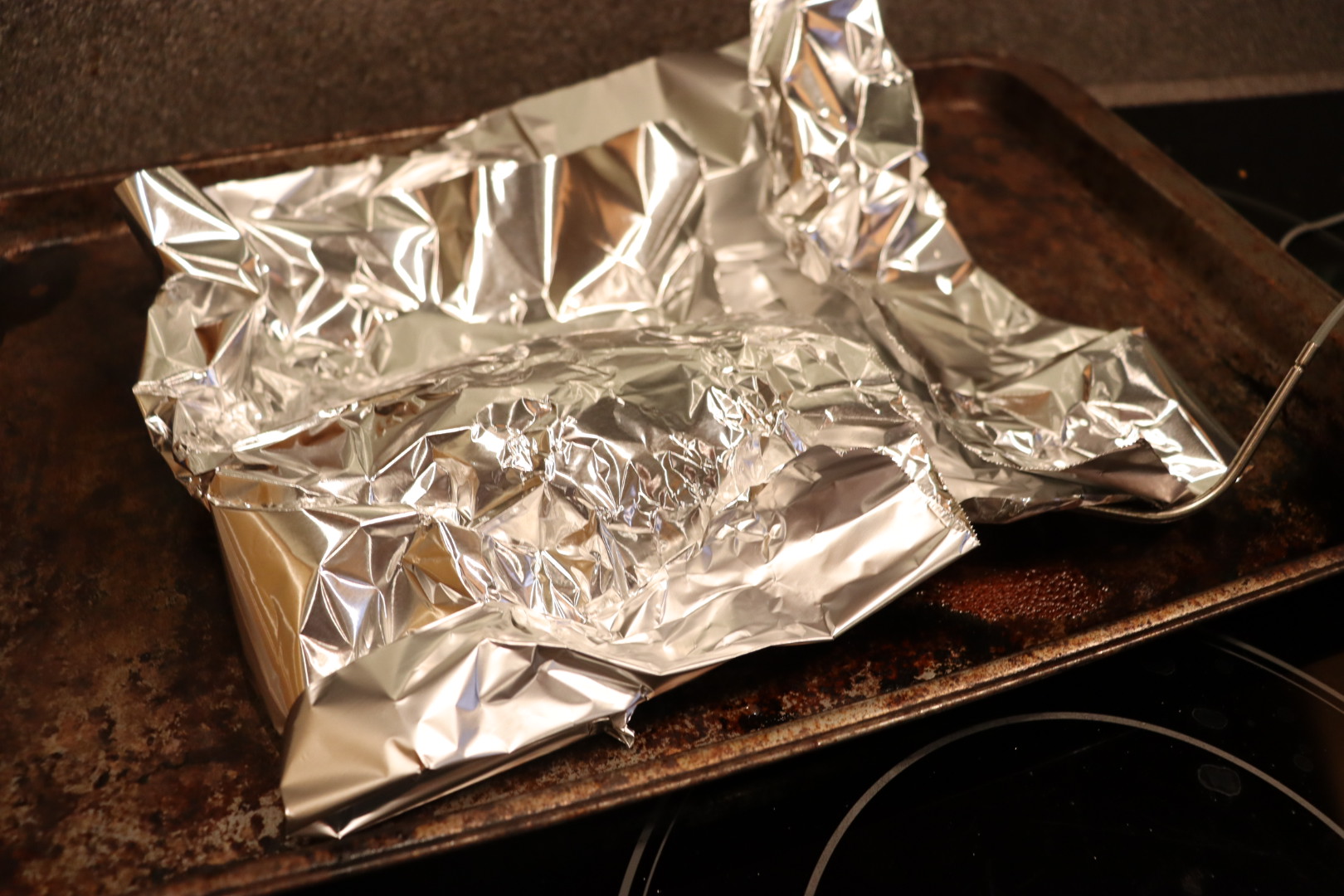
















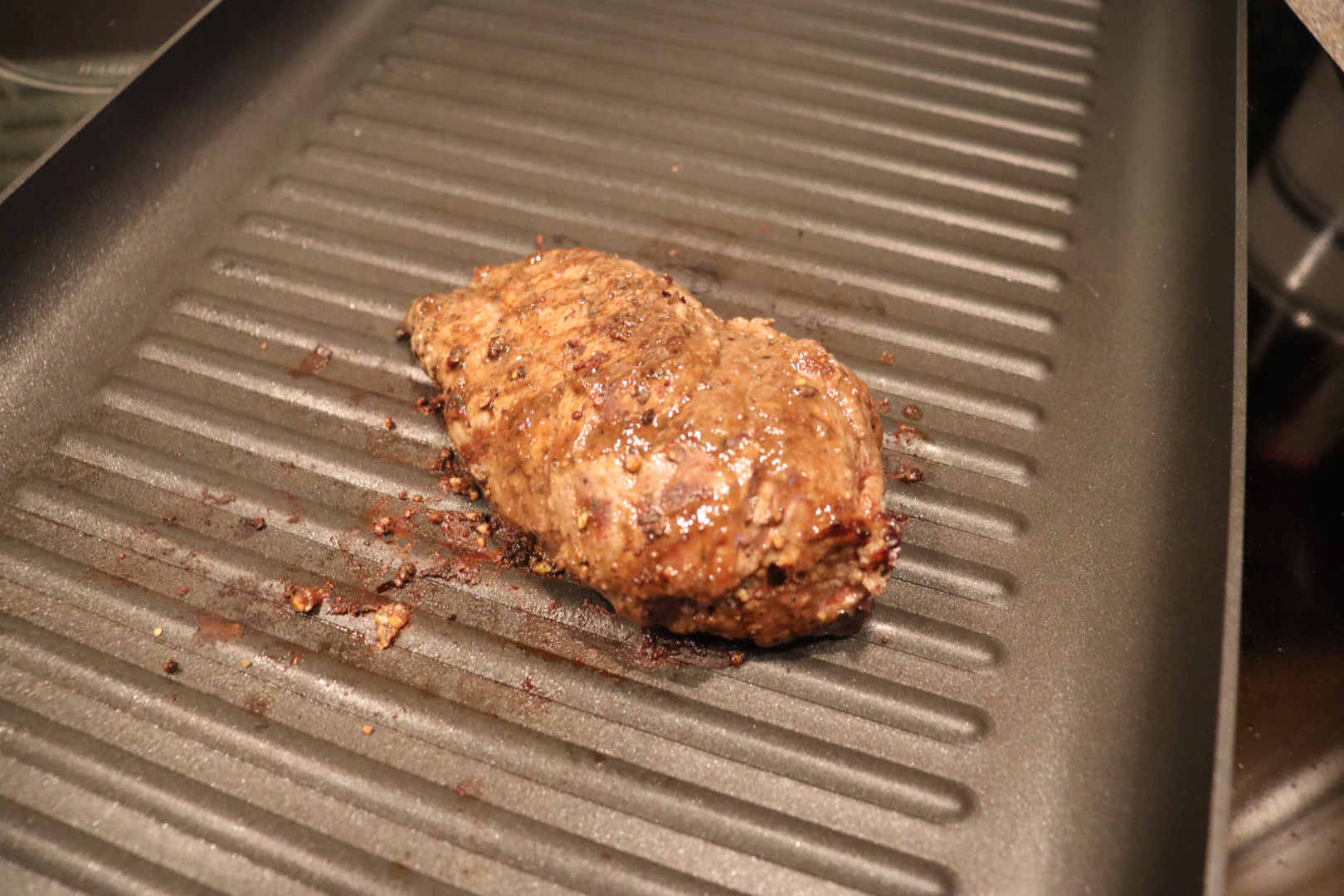






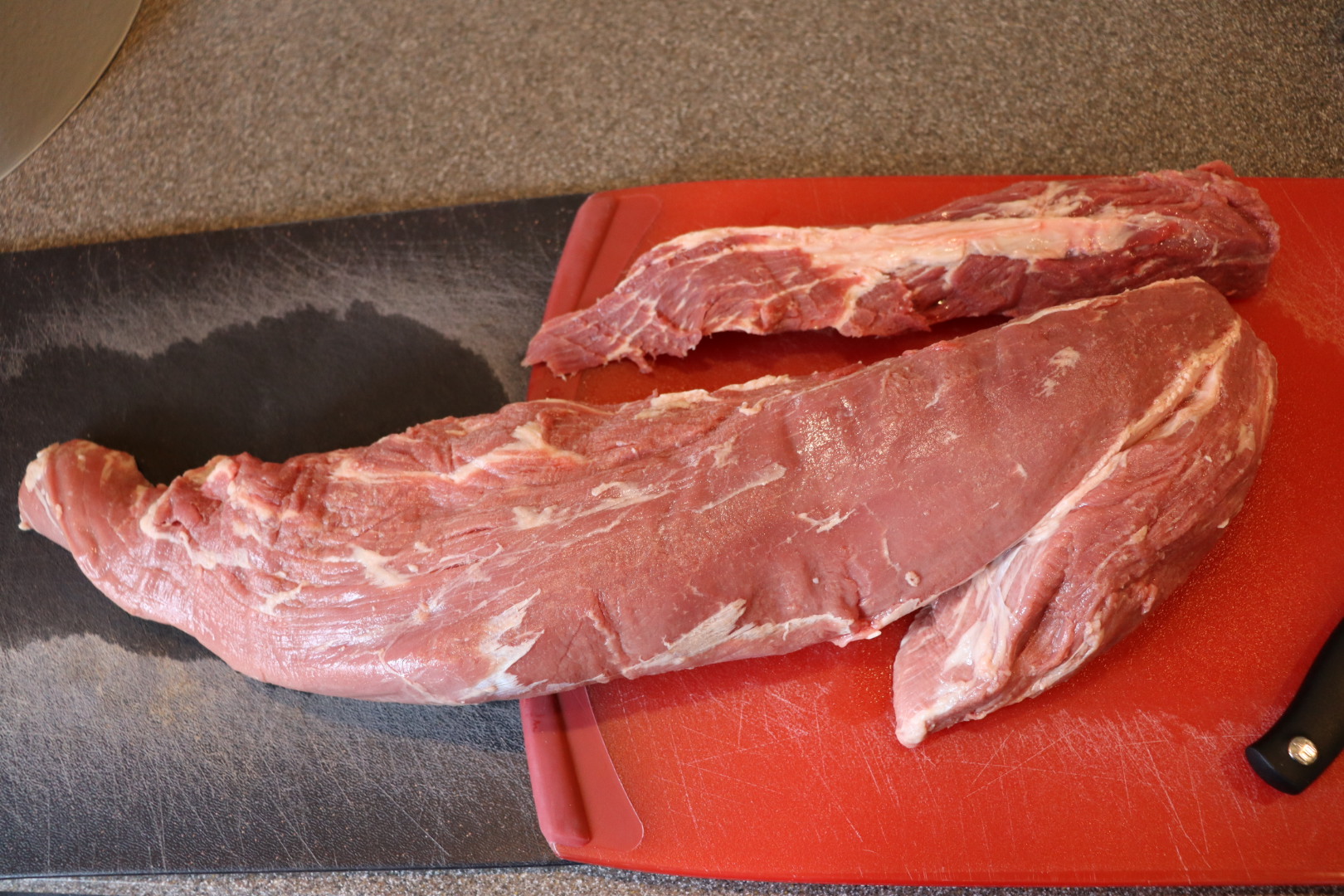
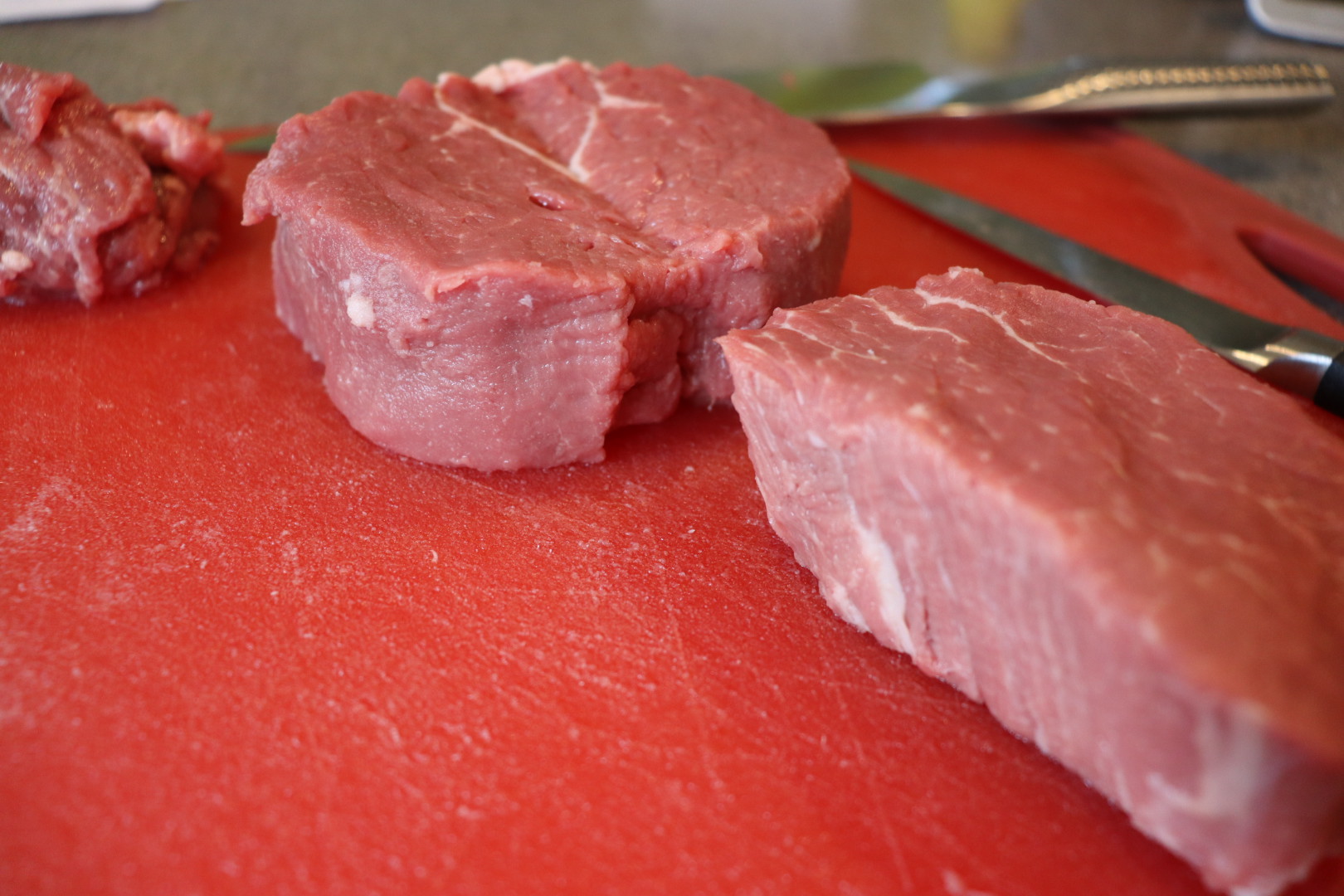












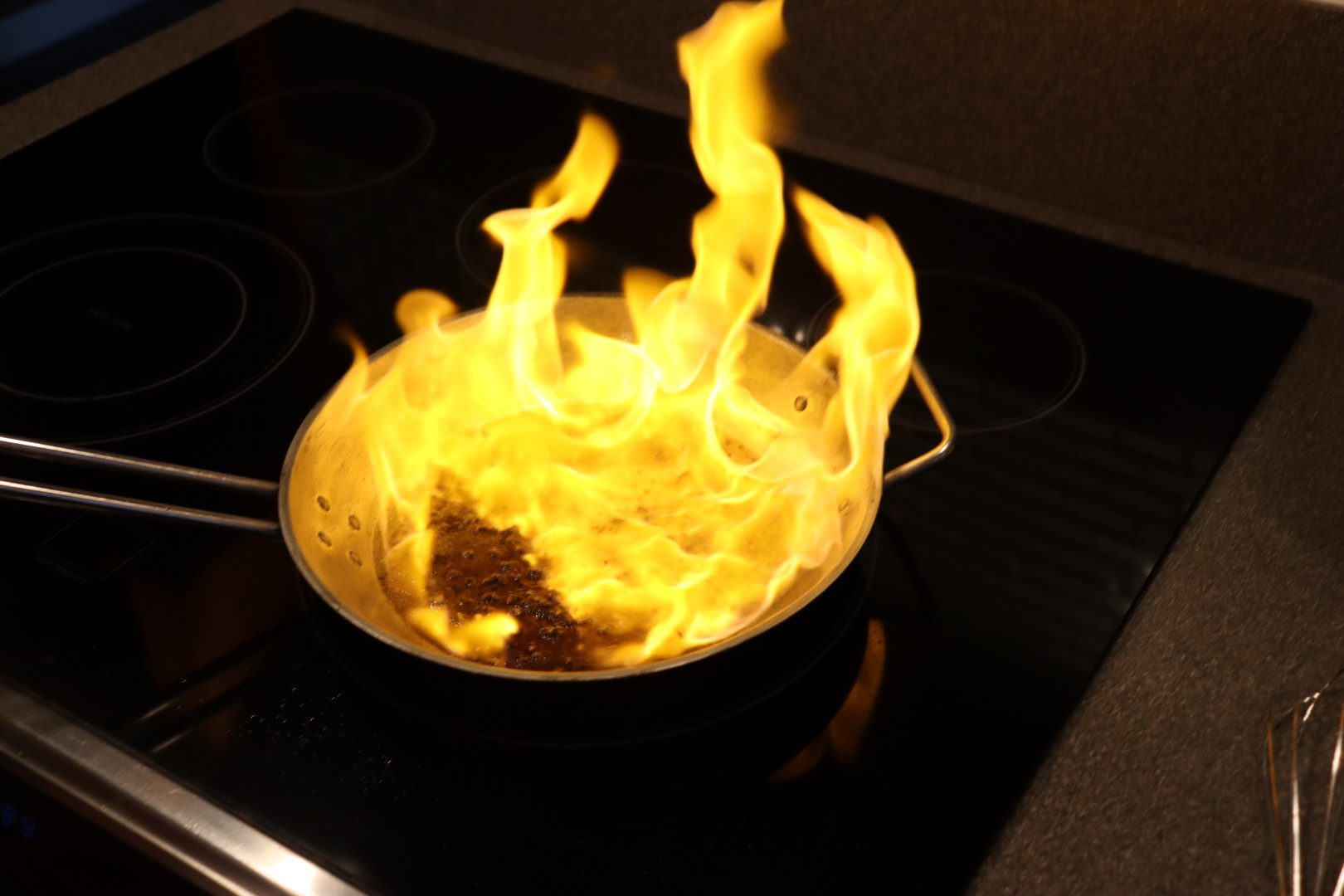








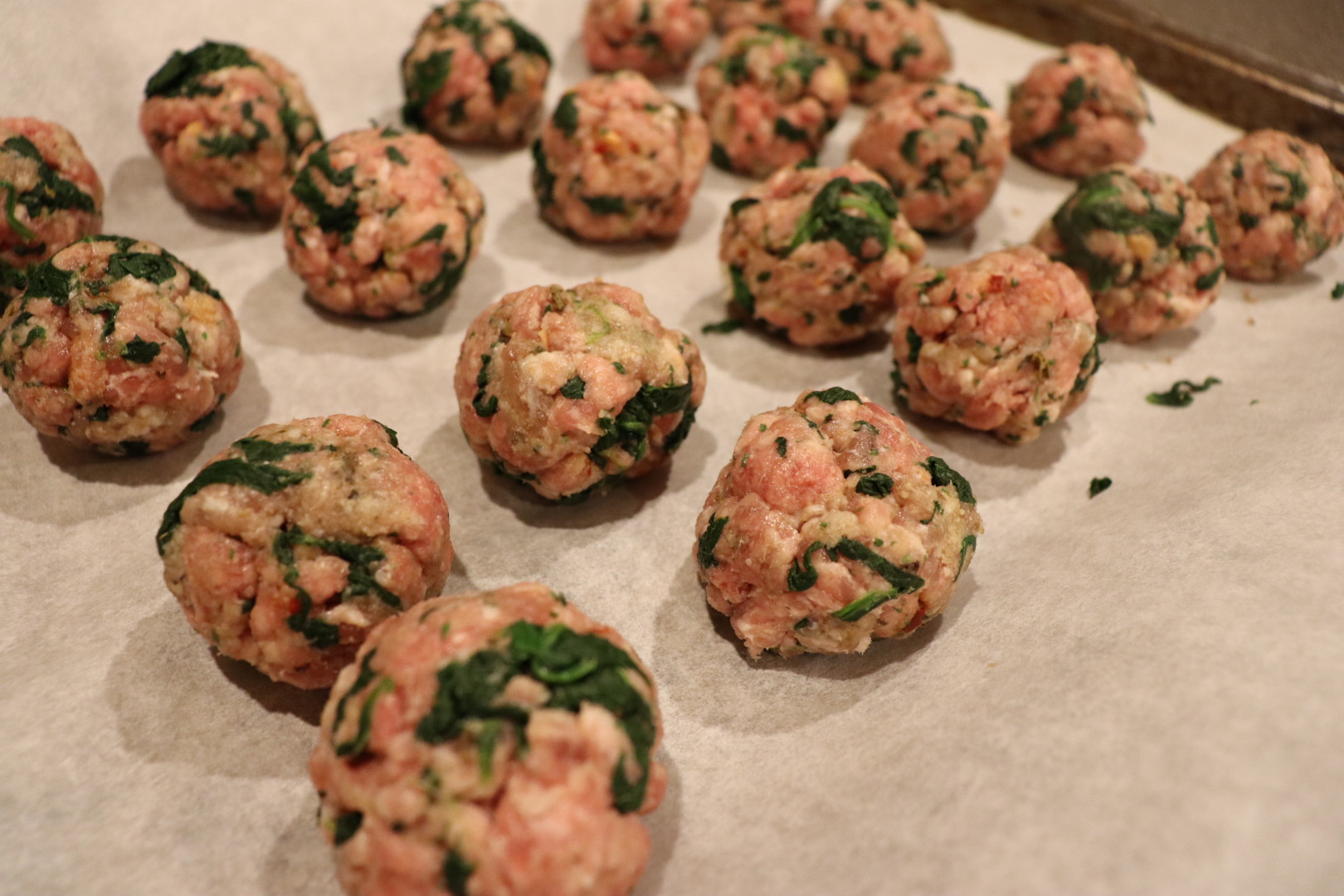






 Next, put 3/4 pound ground chuck in the bowl of a stand mixer, along with 3/4 pound ground pork, the milk-soaked bread from earlier, the onion, two egg yolks, 1 t Kosher salt, 1/2 t pepper, 1/4 t nutmeg, and 1/4 t allspice.
Next, put 3/4 pound ground chuck in the bowl of a stand mixer, along with 3/4 pound ground pork, the milk-soaked bread from earlier, the onion, two egg yolks, 1 t Kosher salt, 1/2 t pepper, 1/4 t nutmeg, and 1/4 t allspice.

















